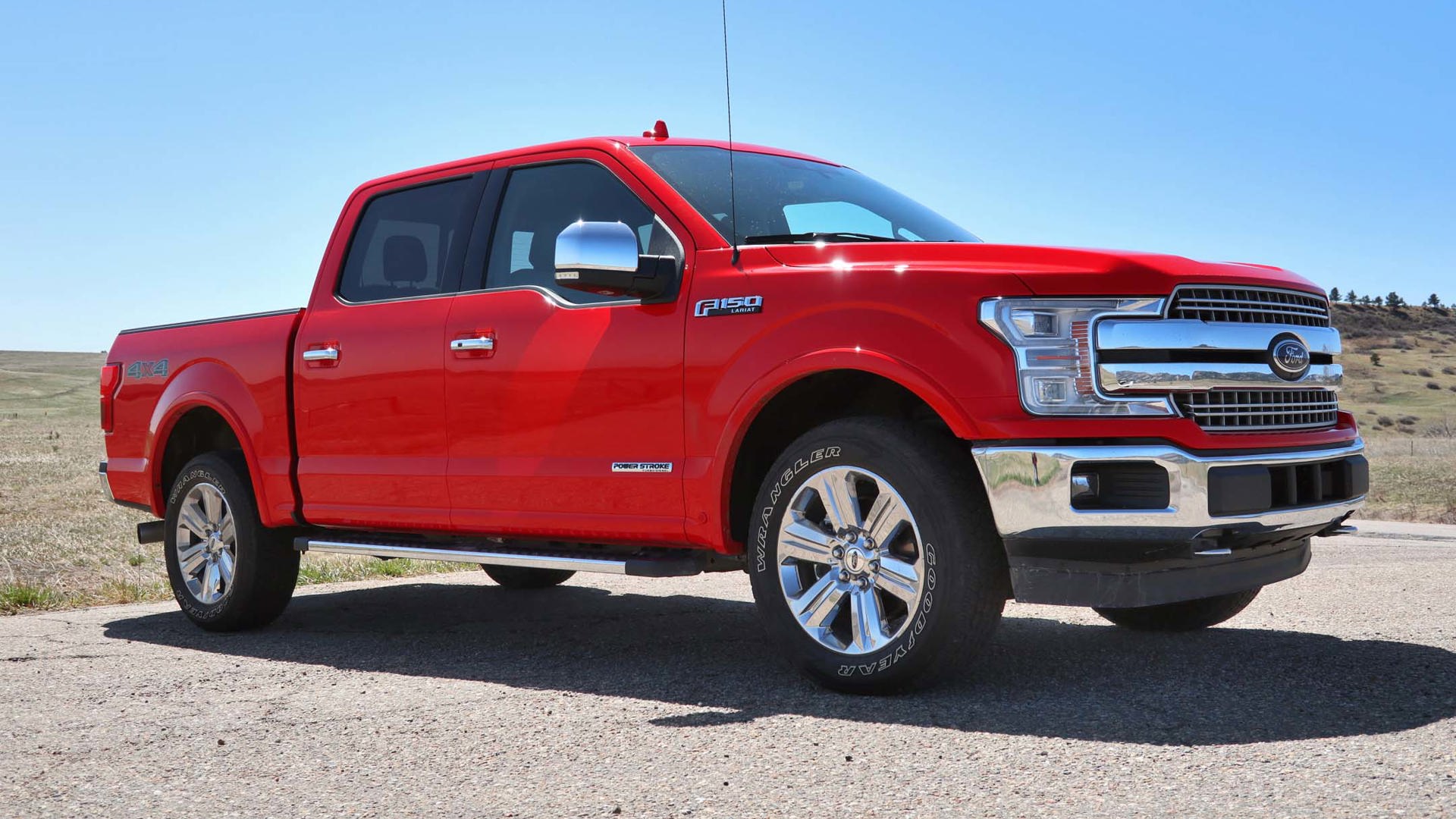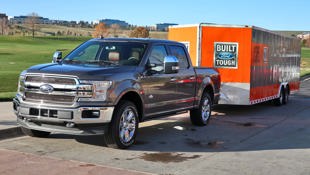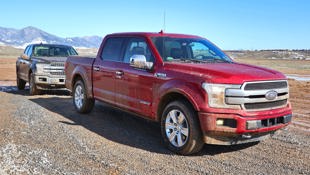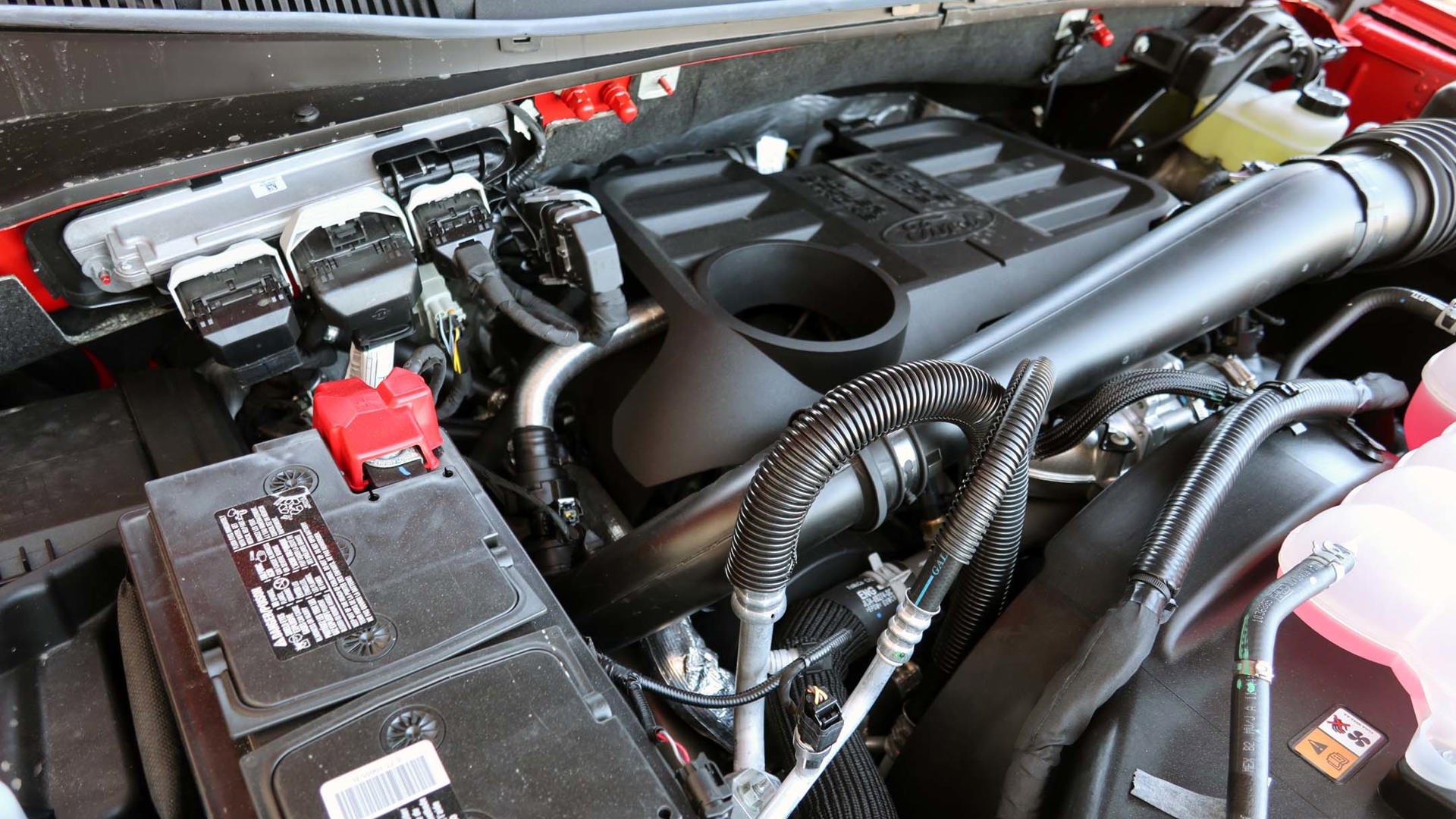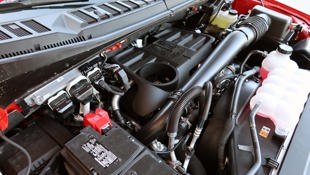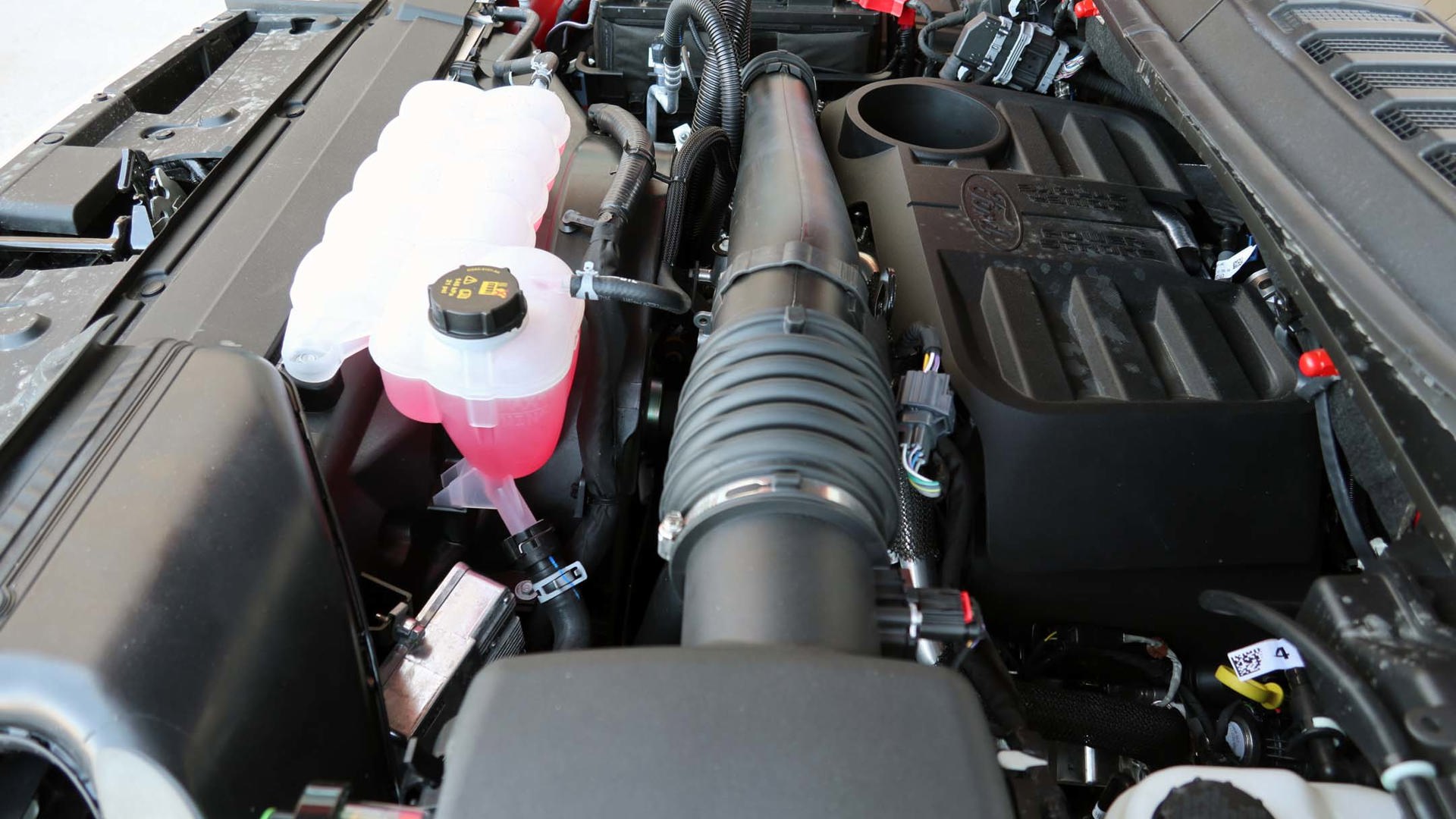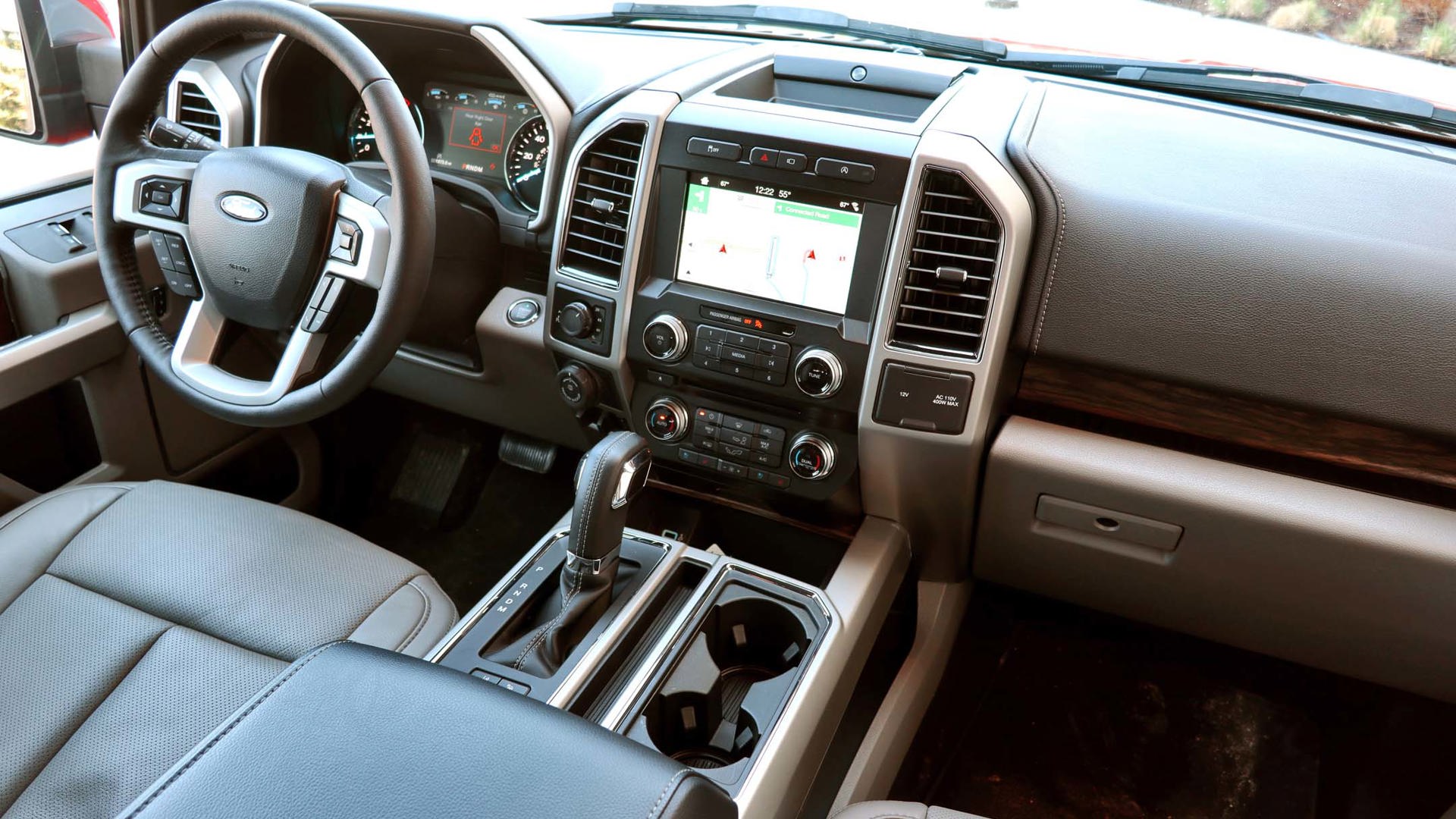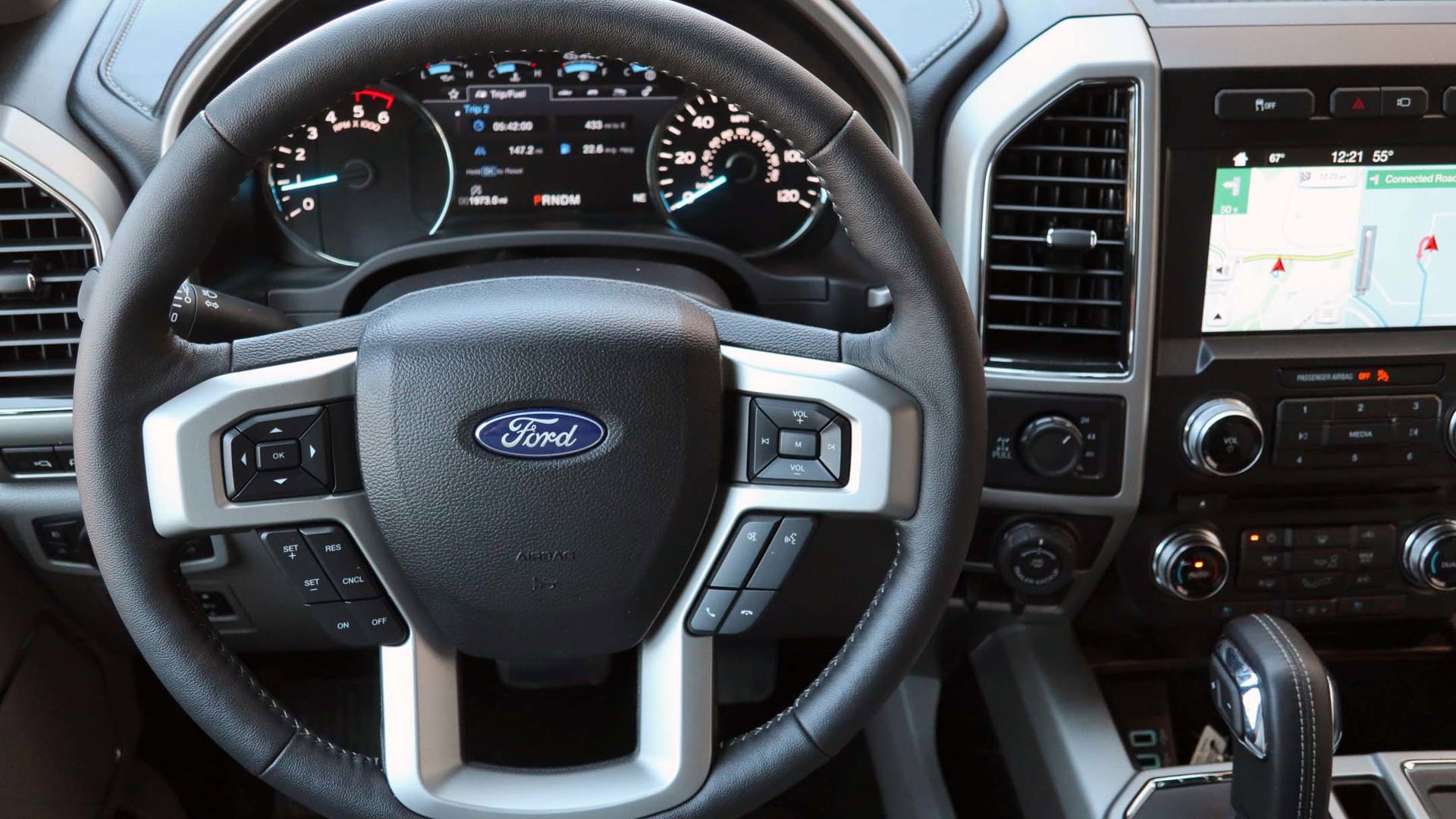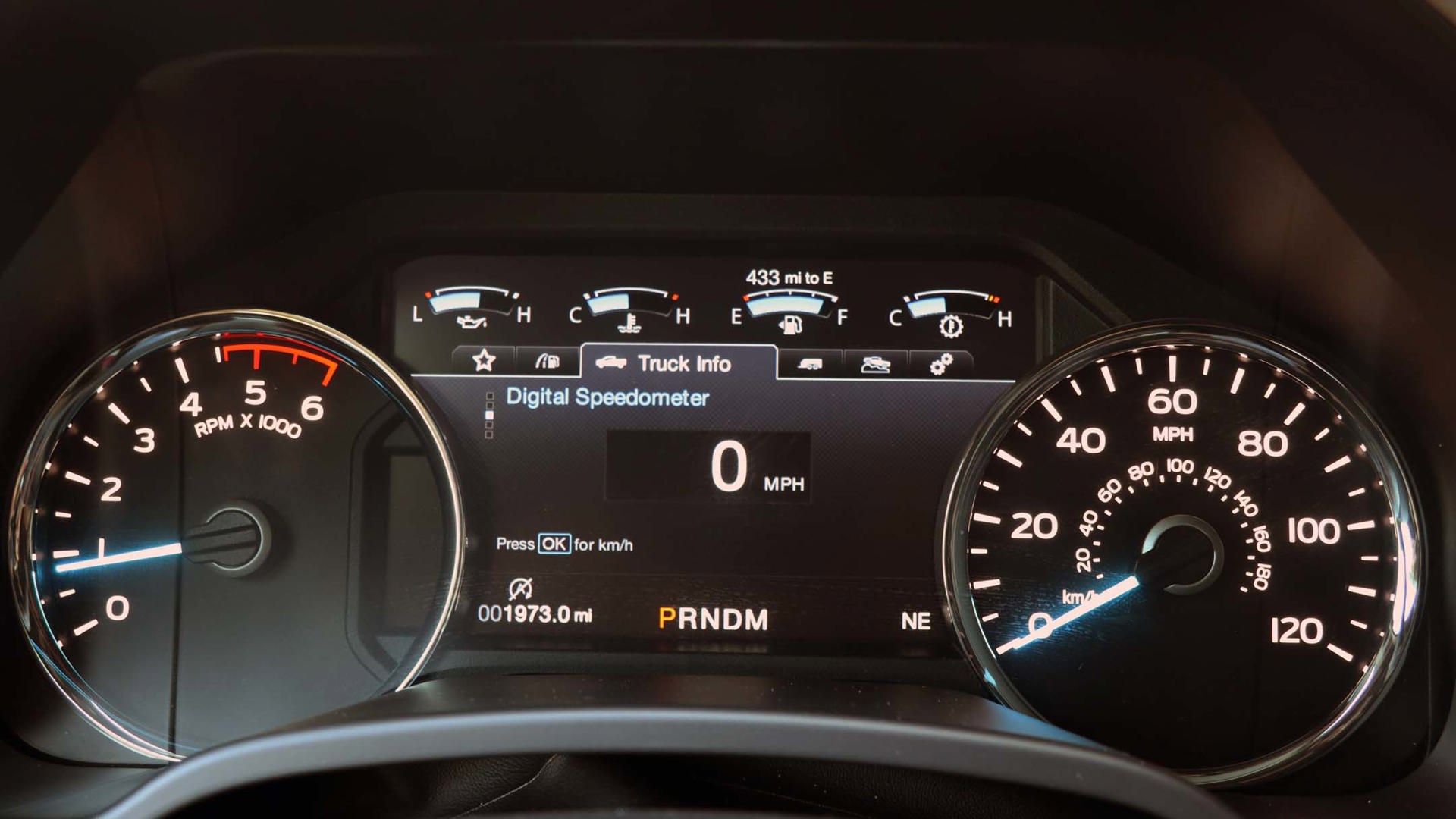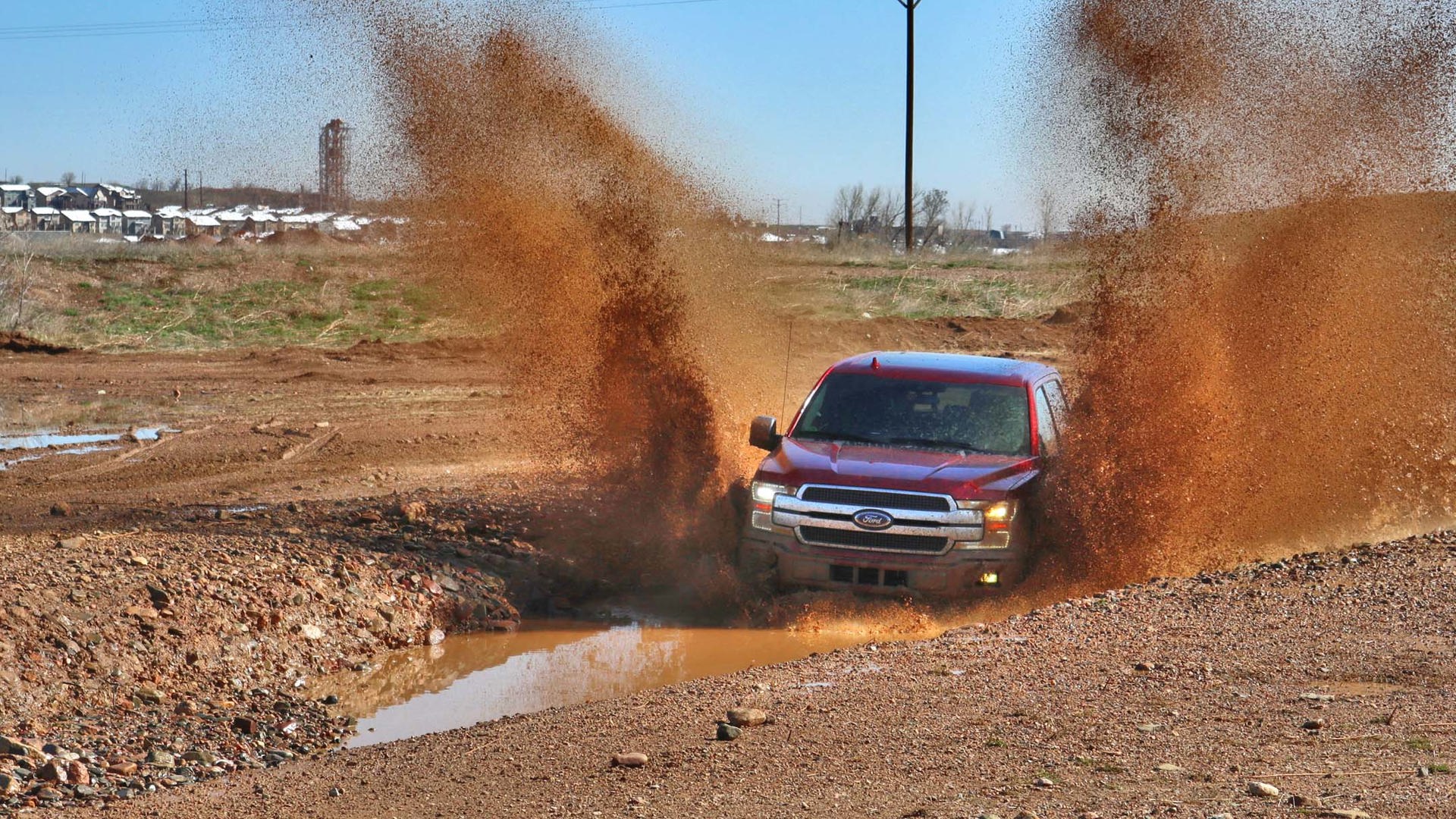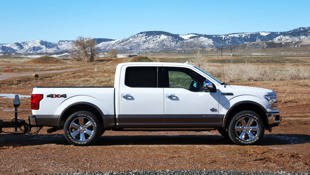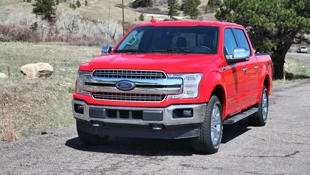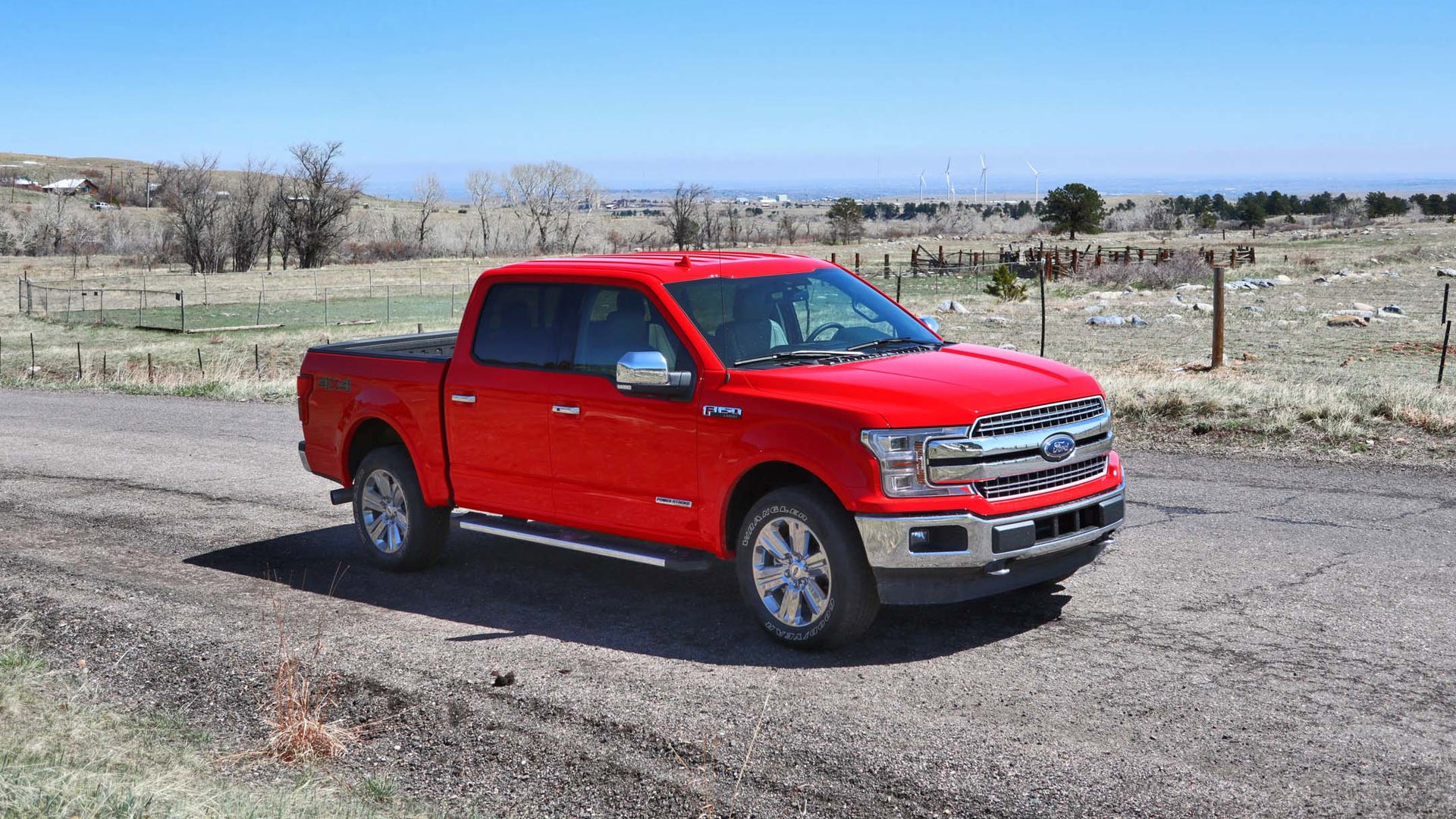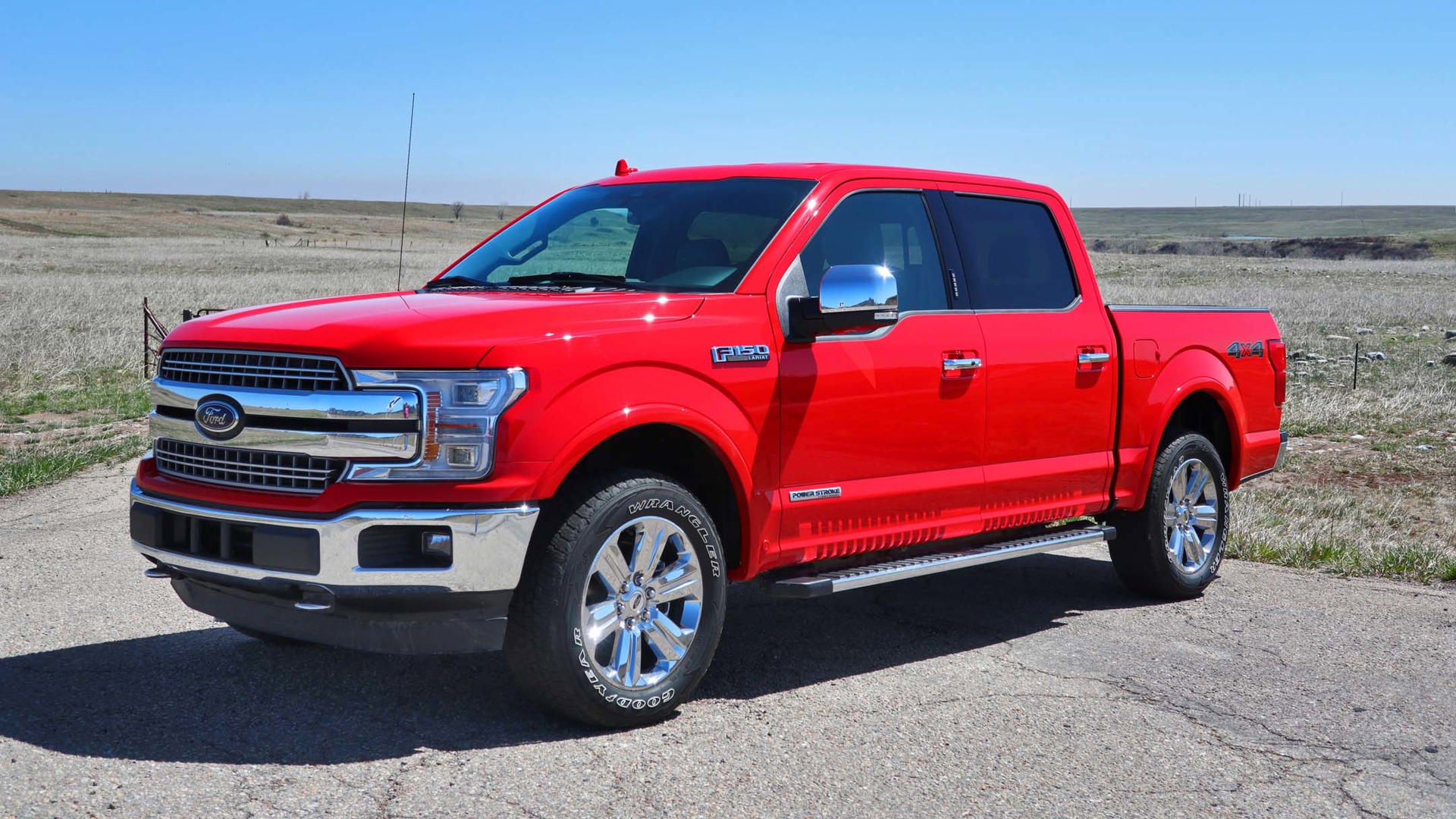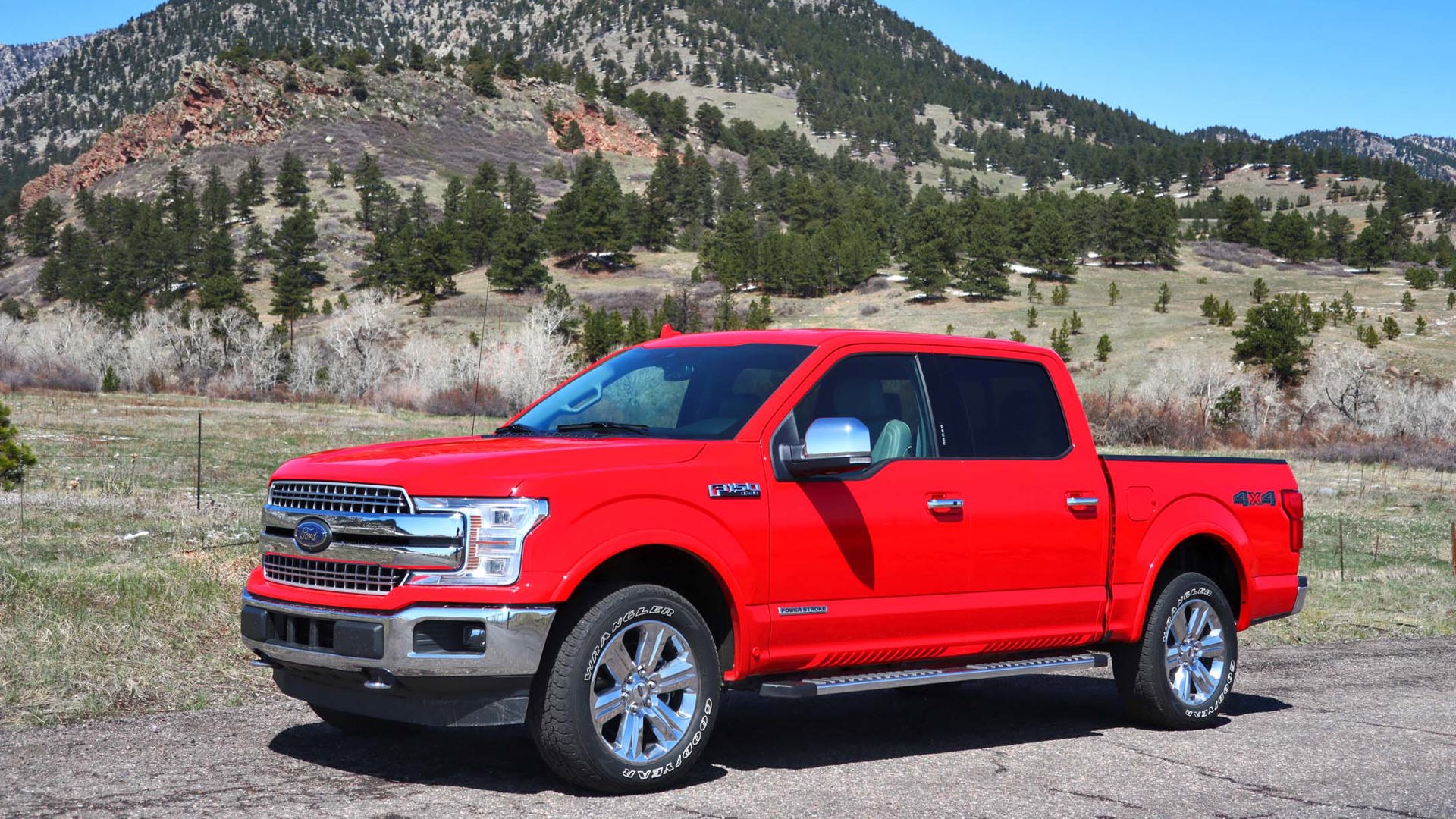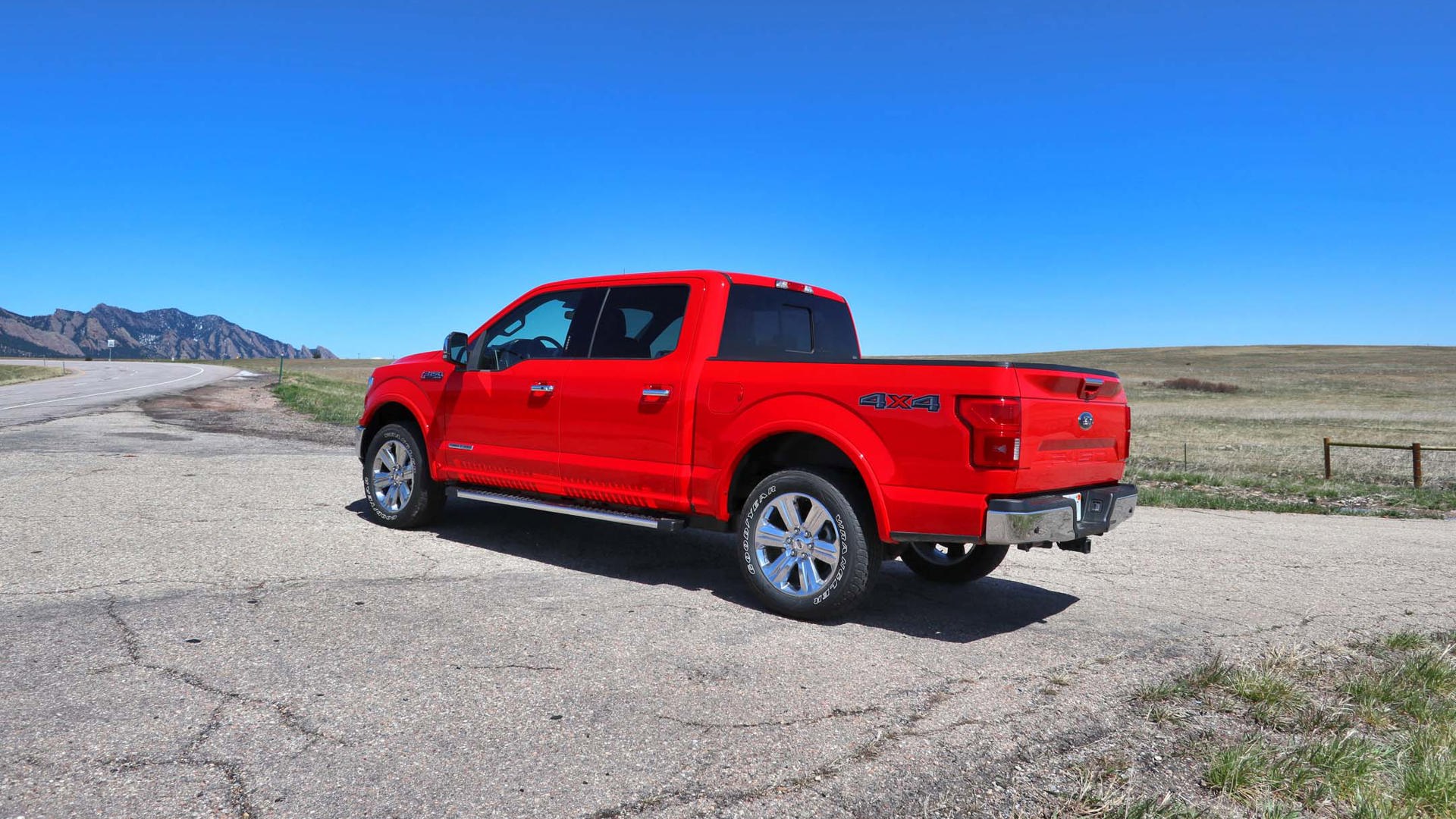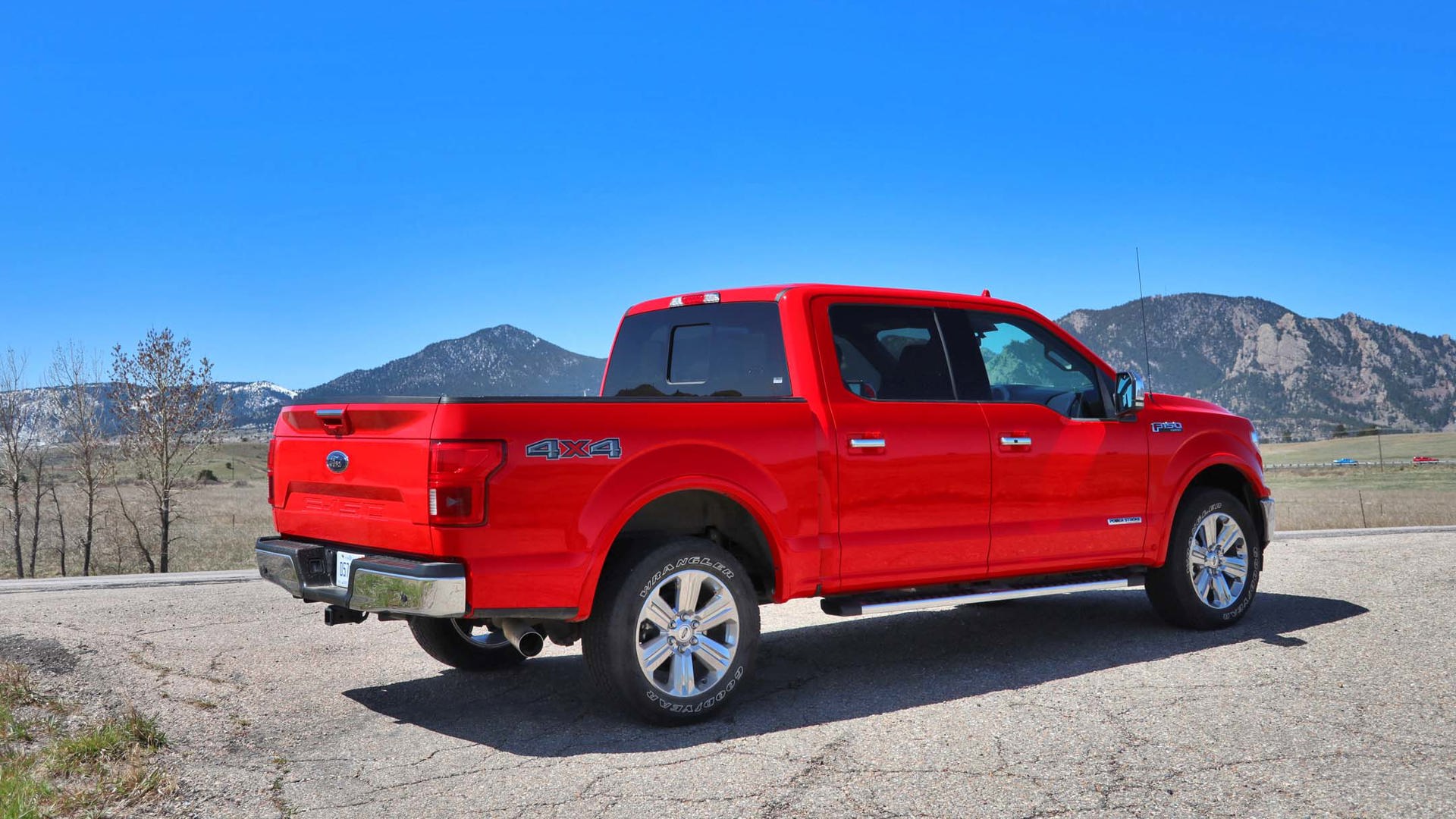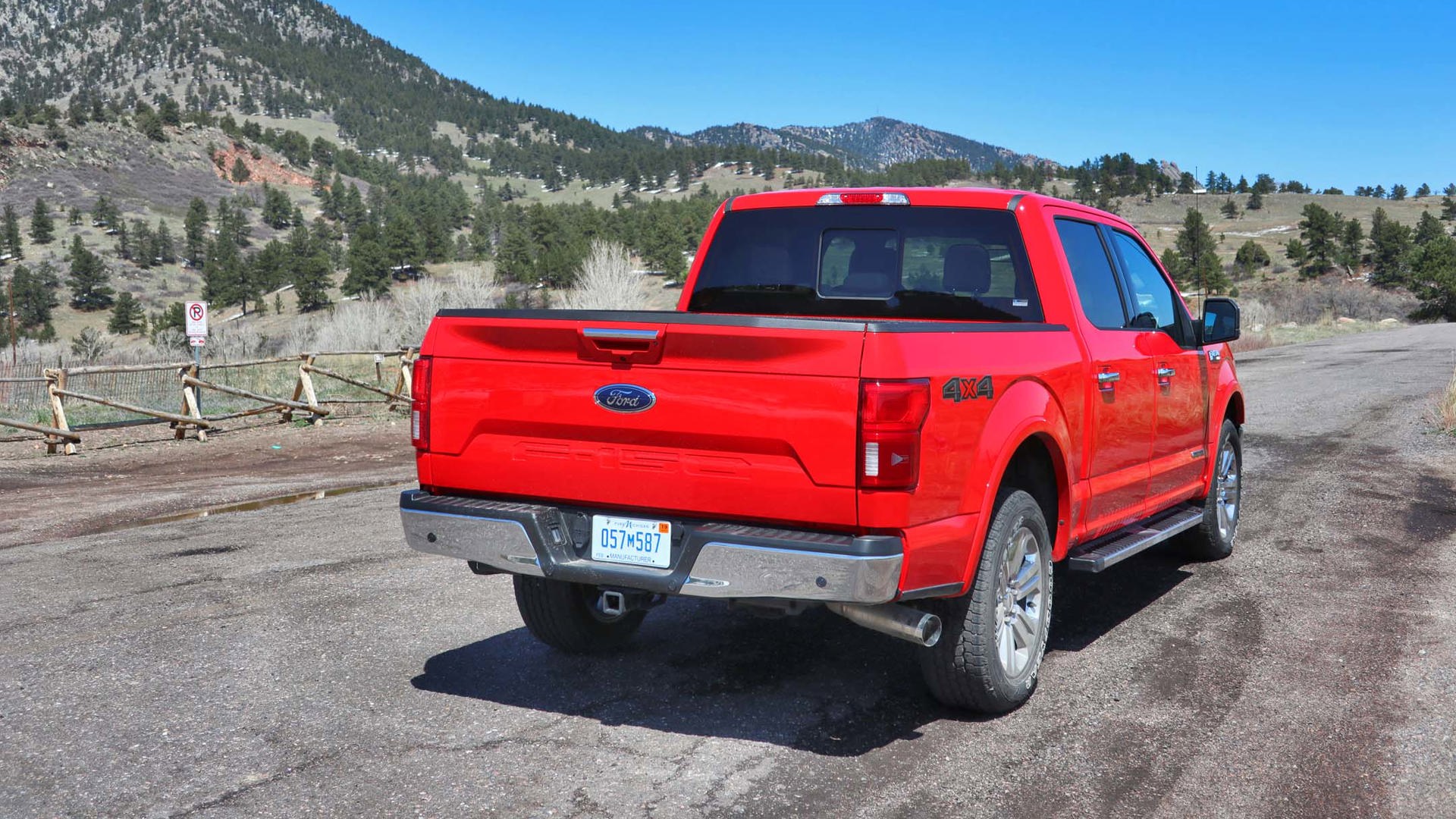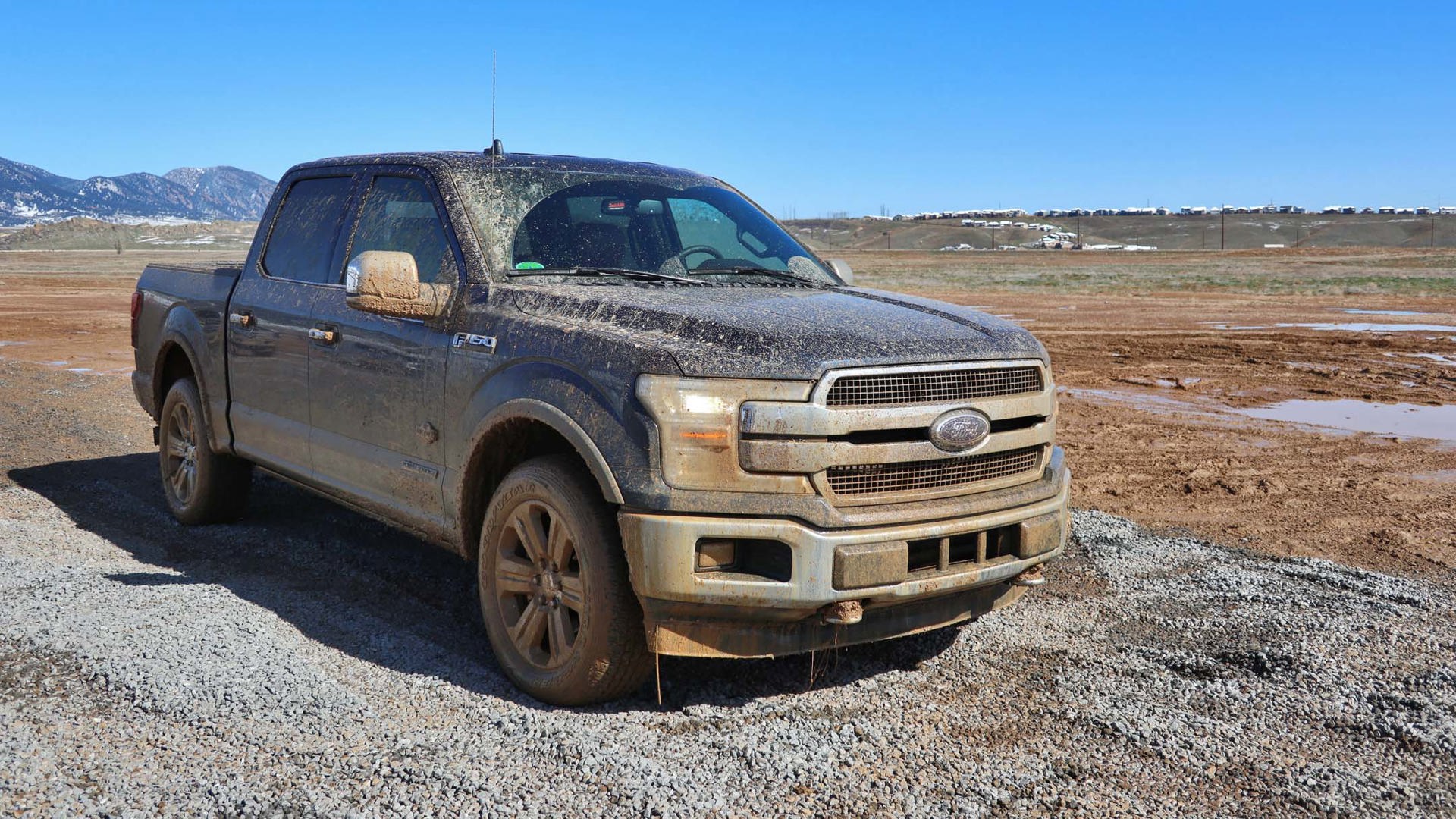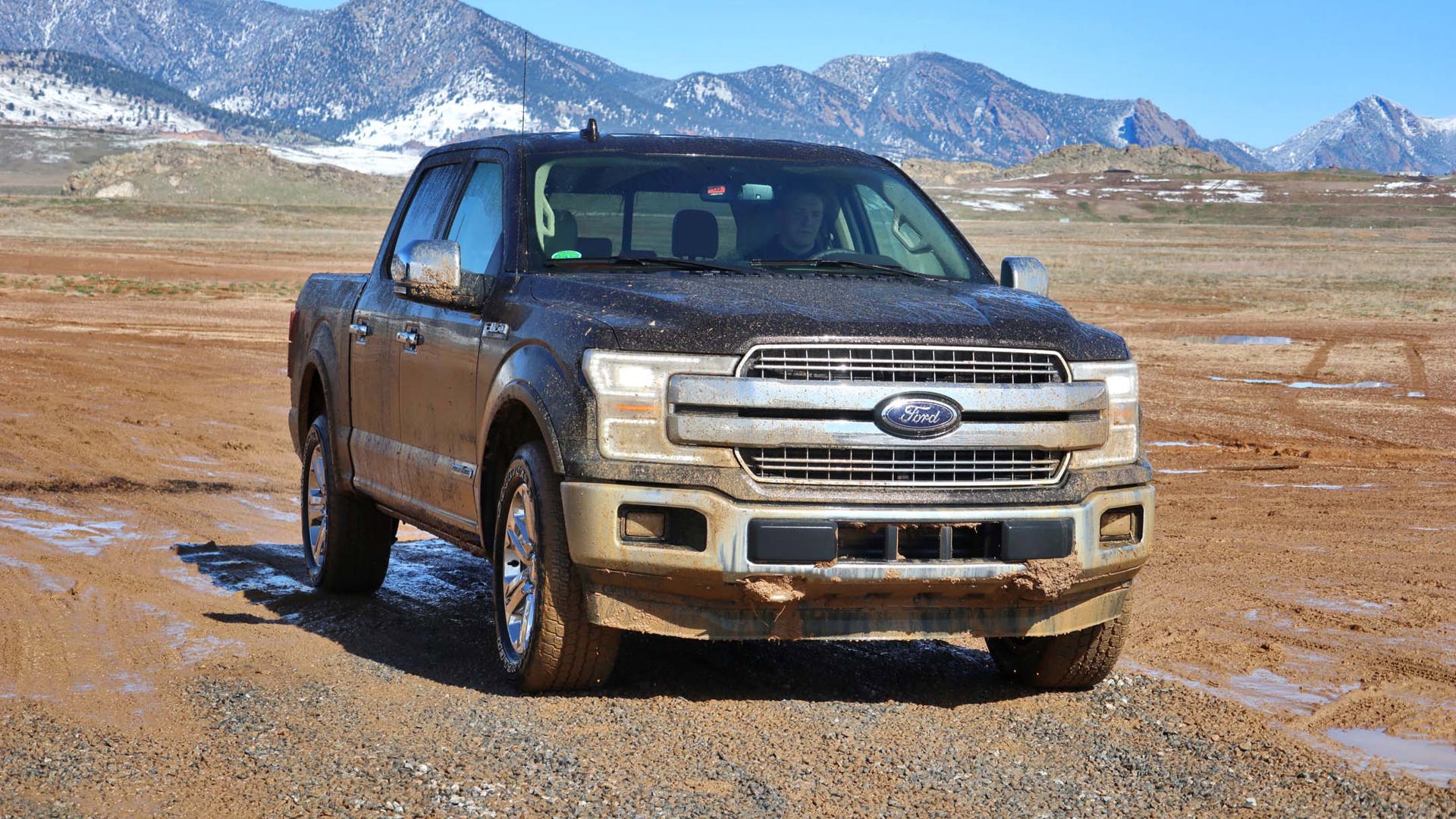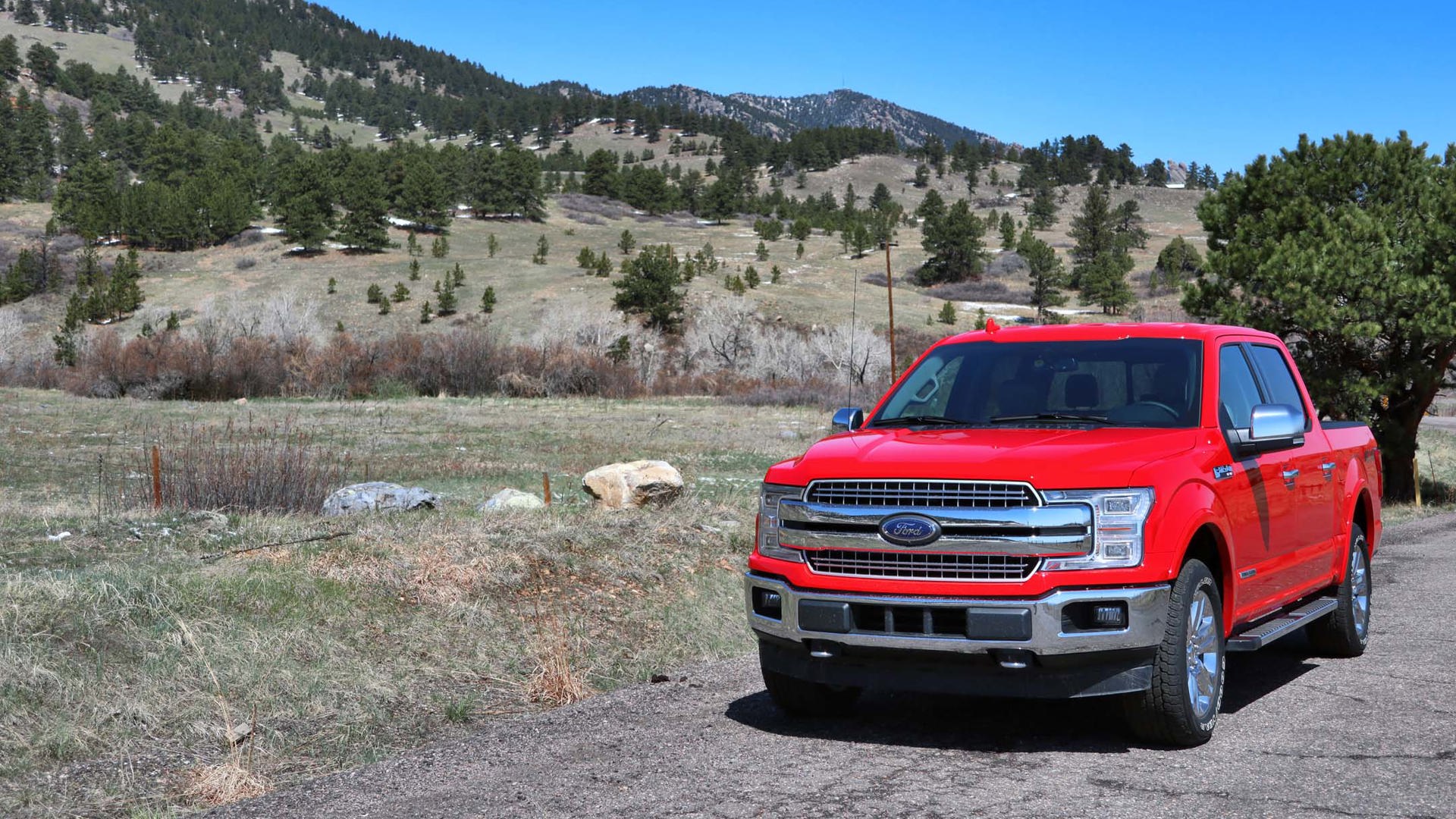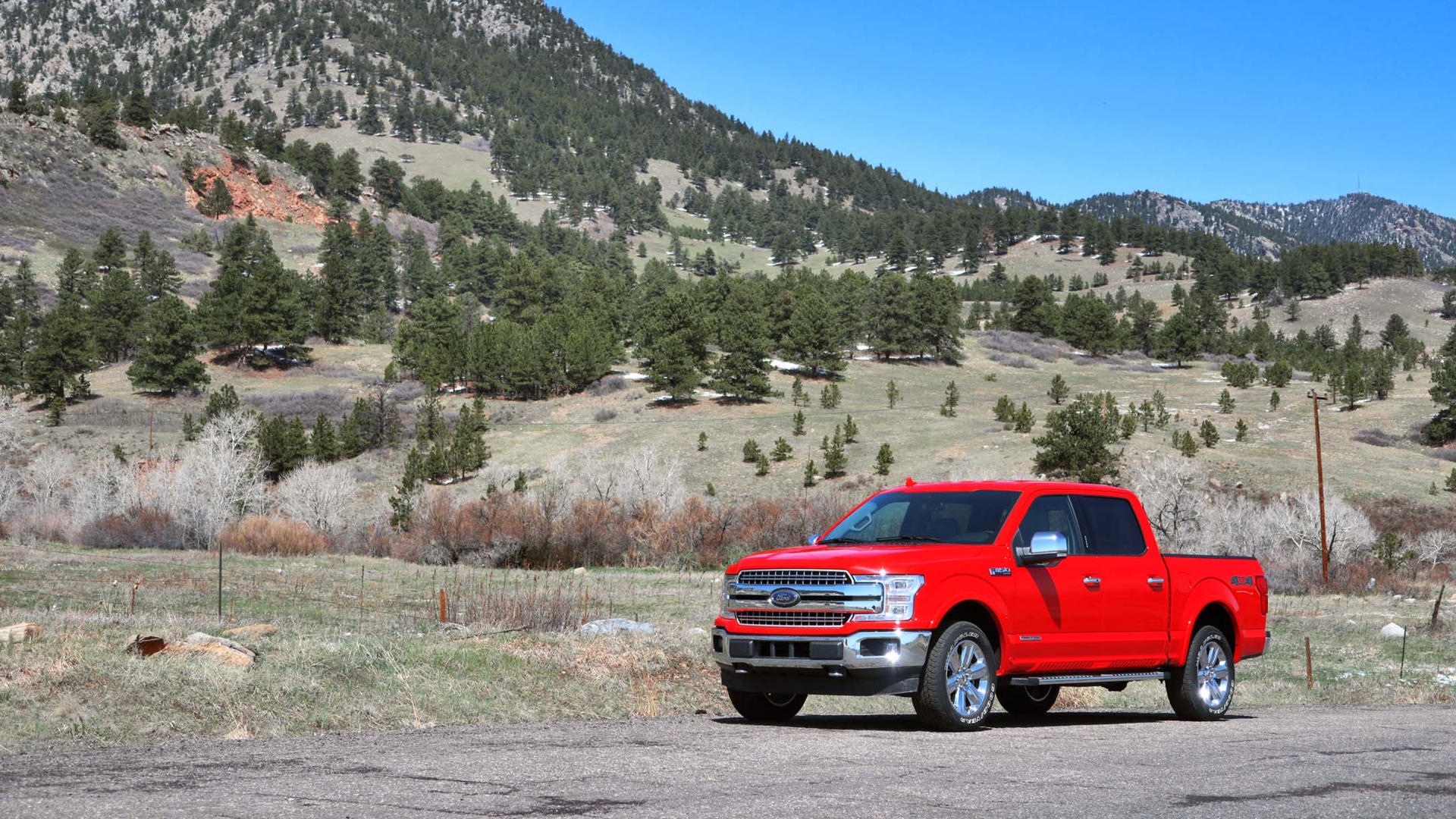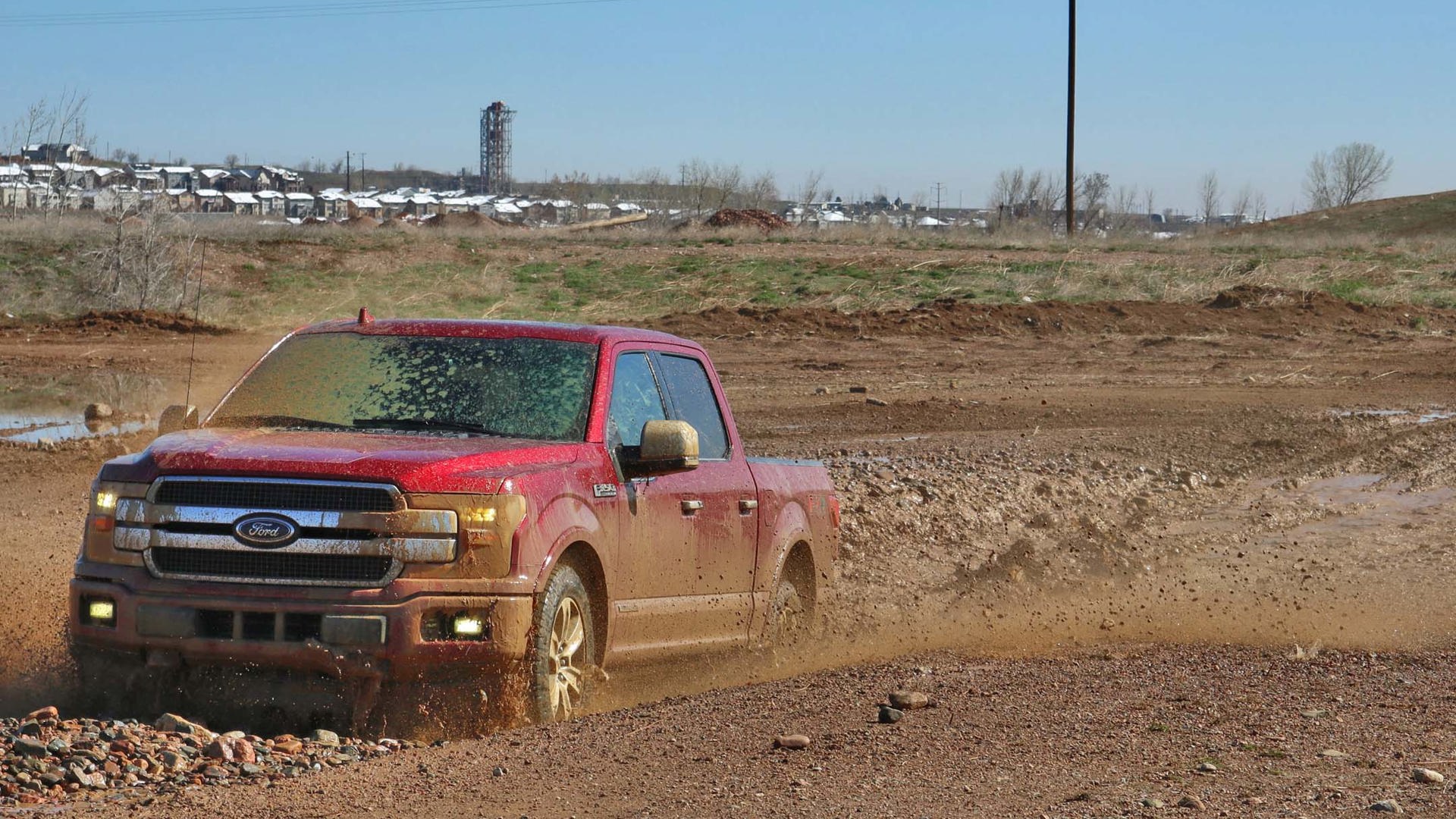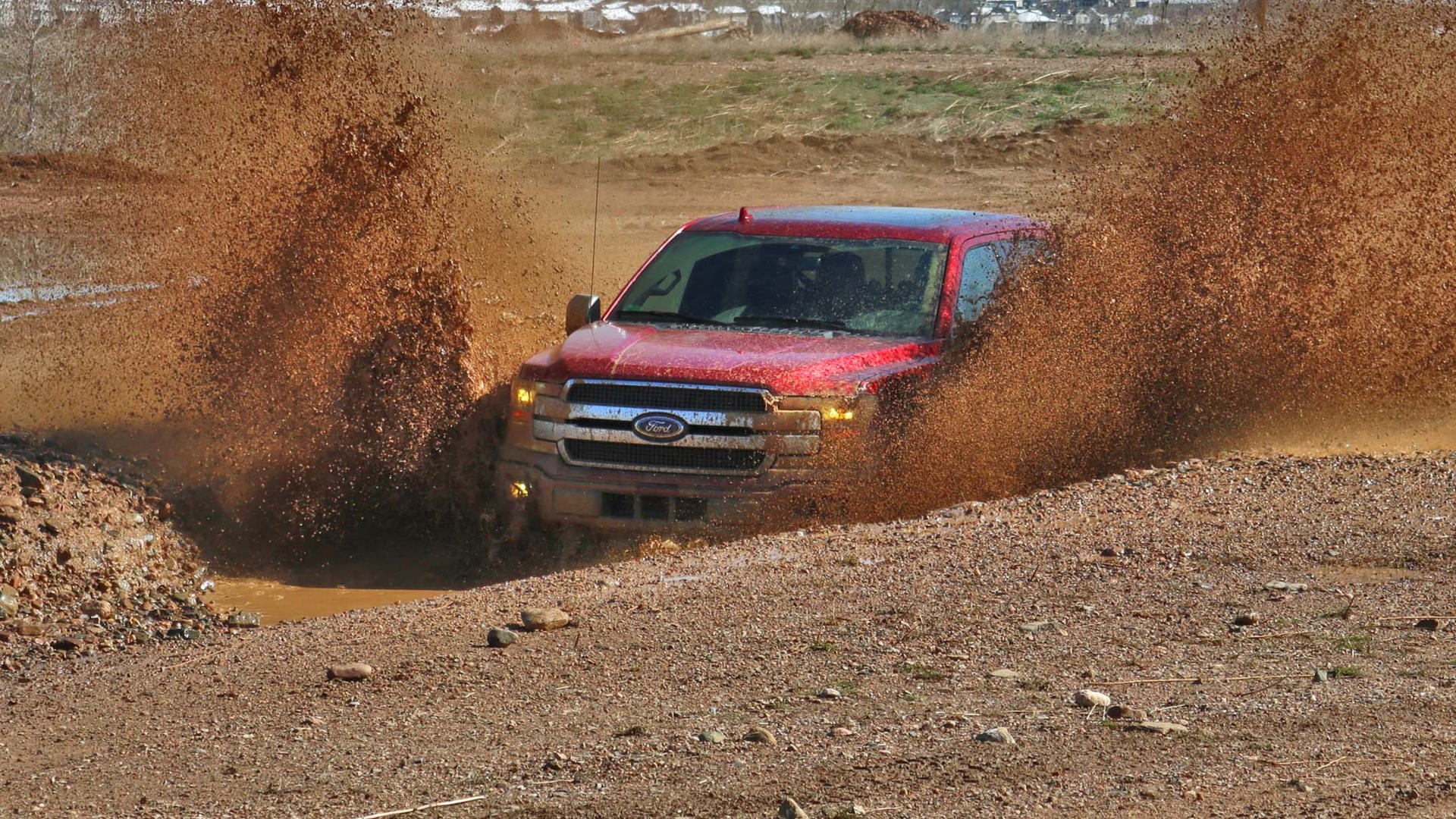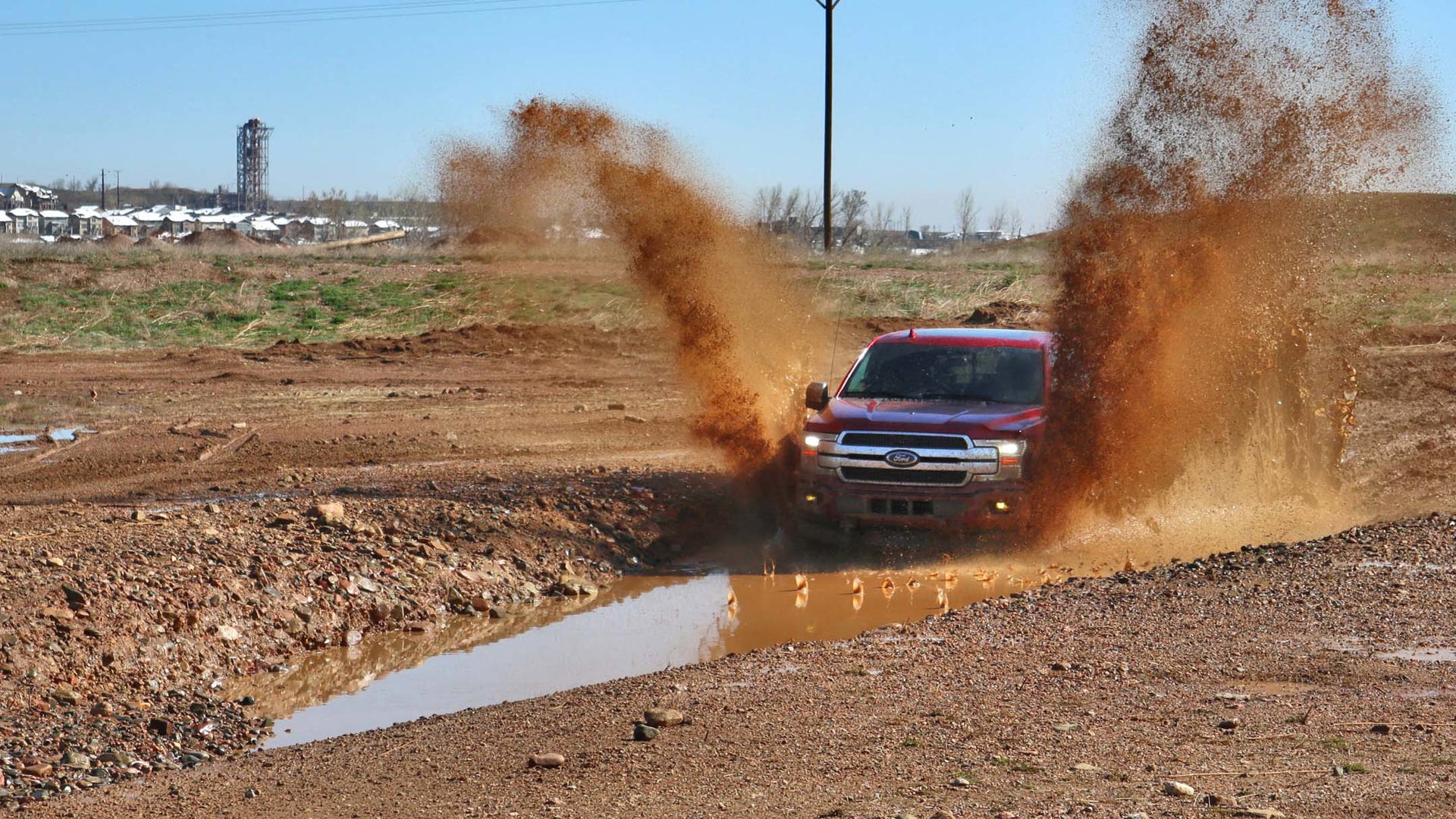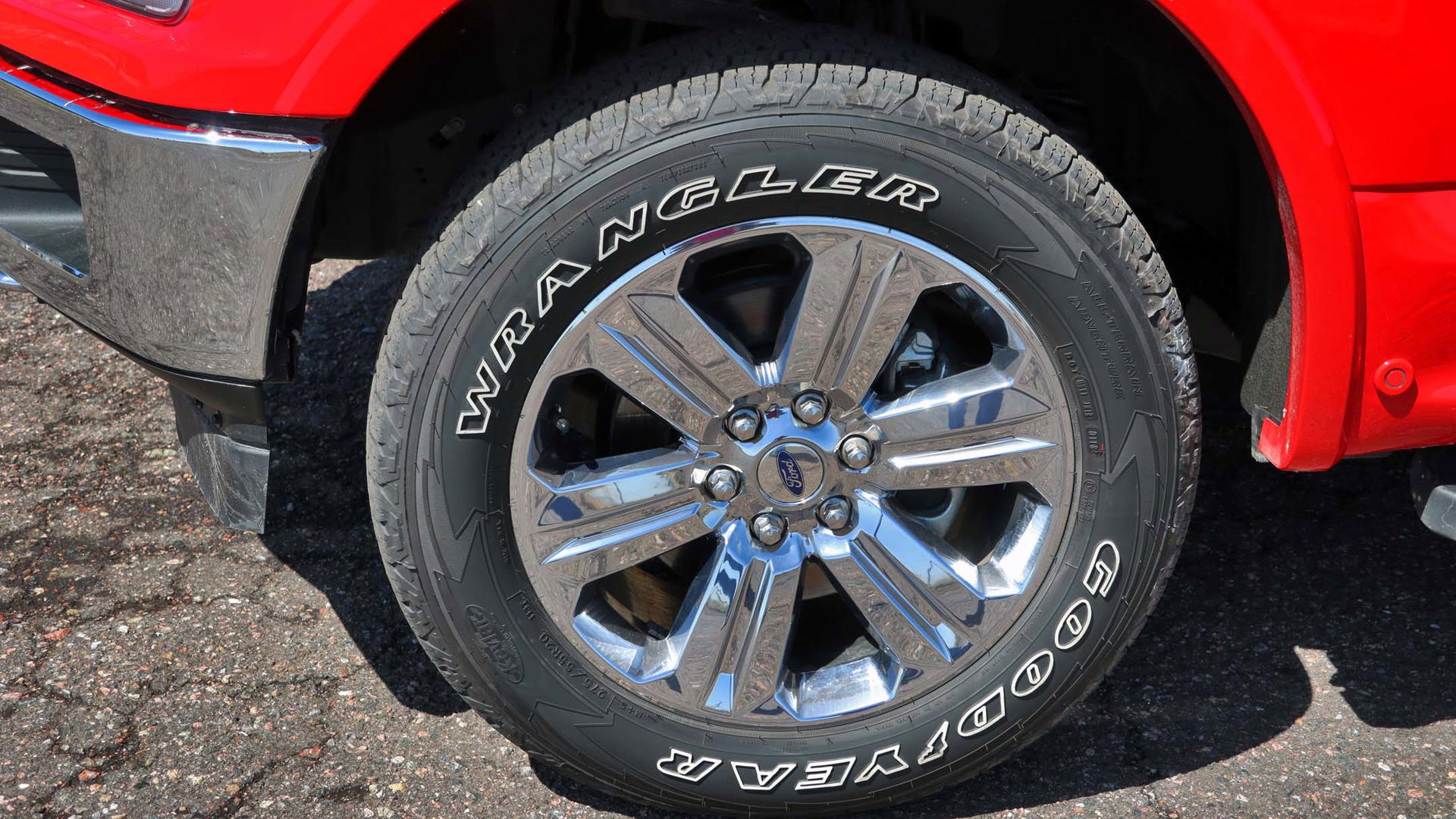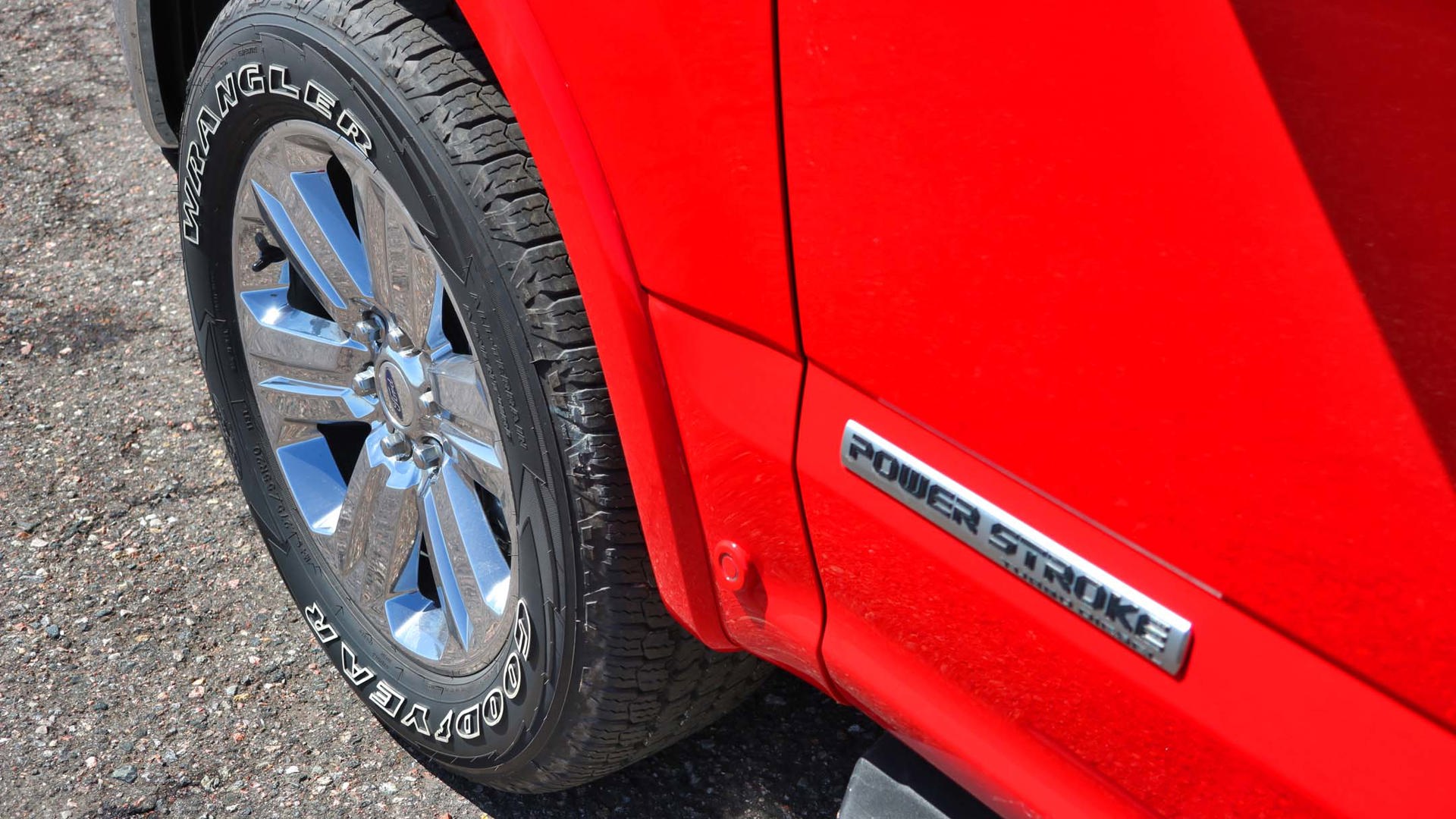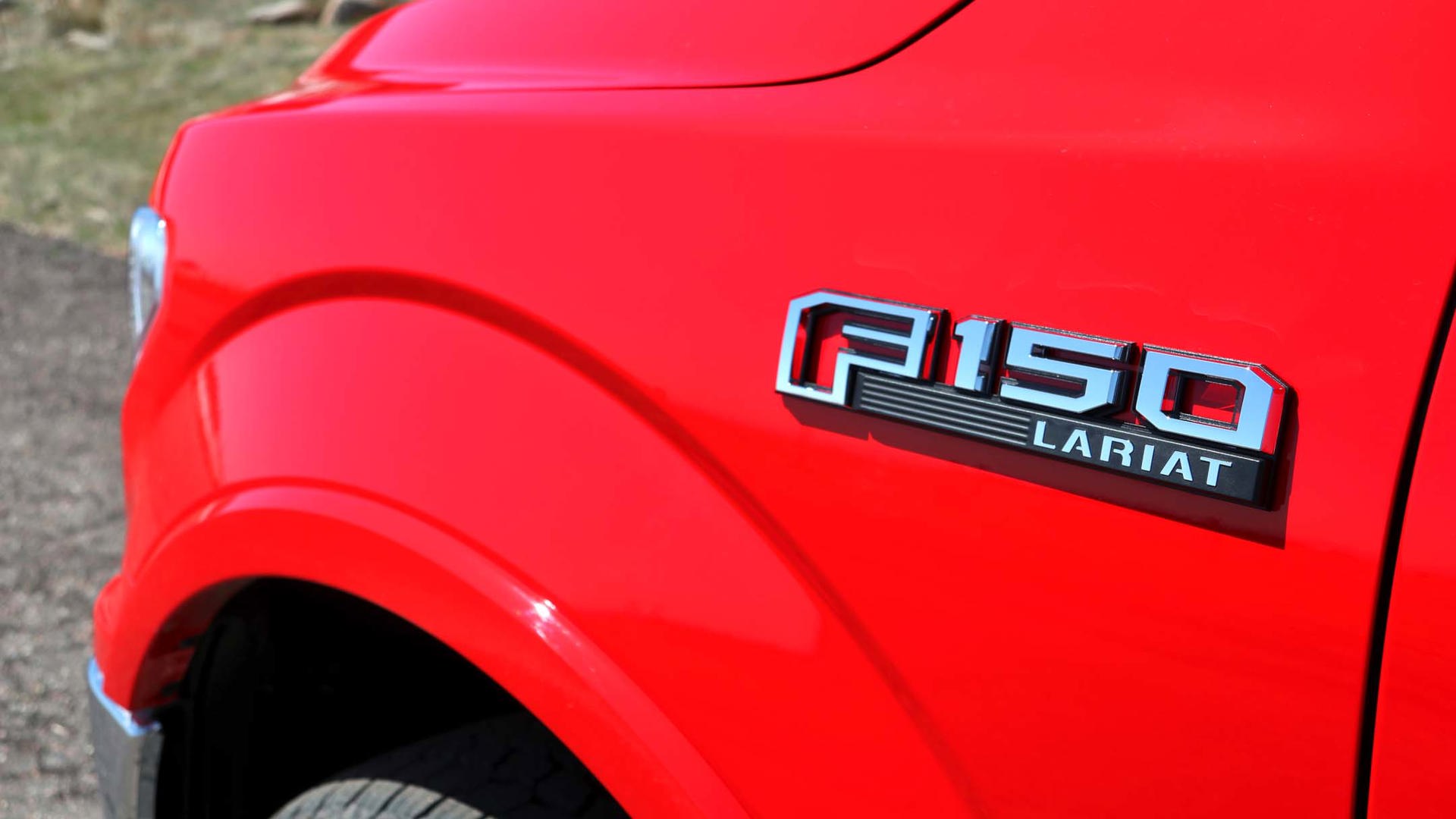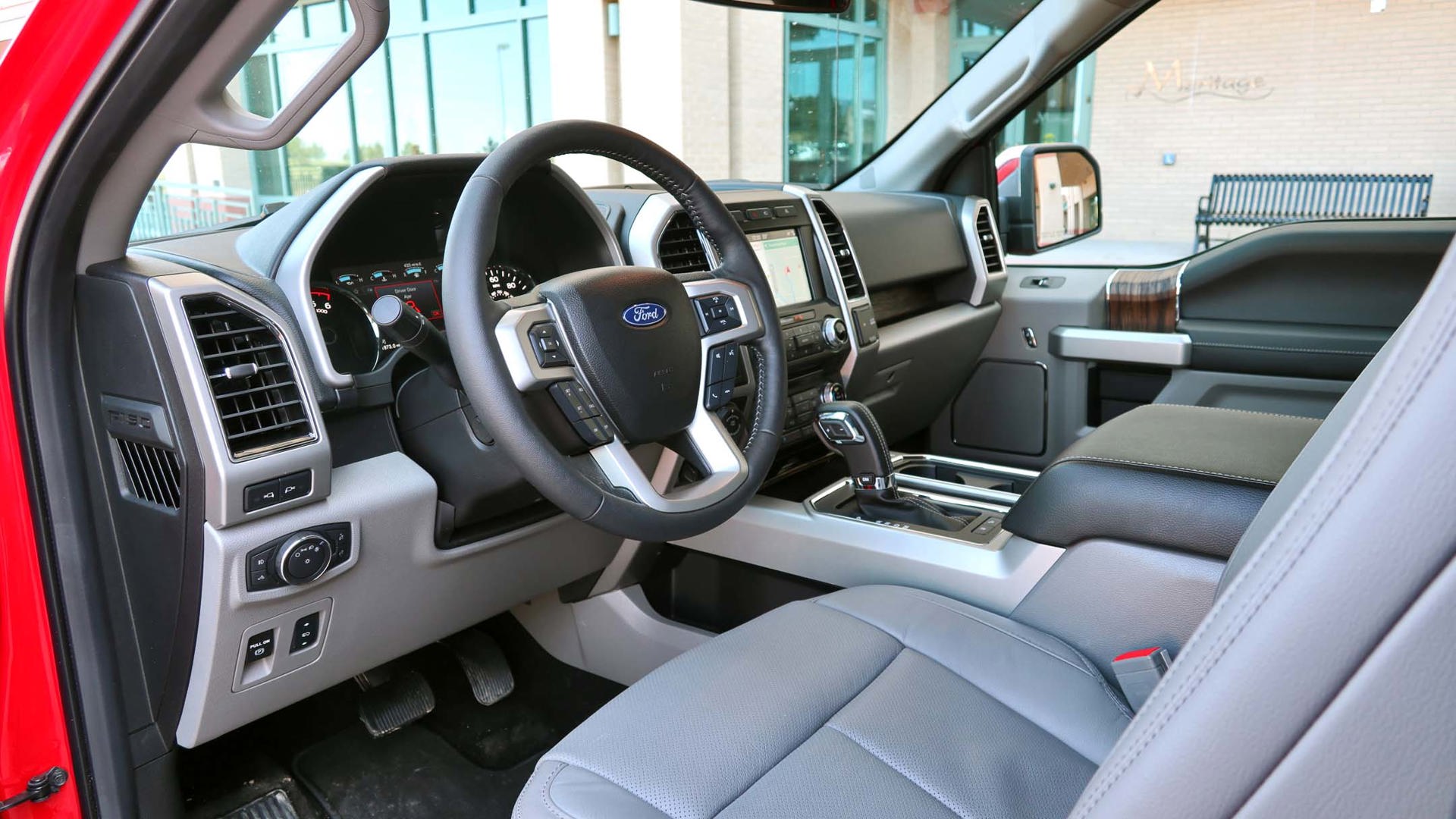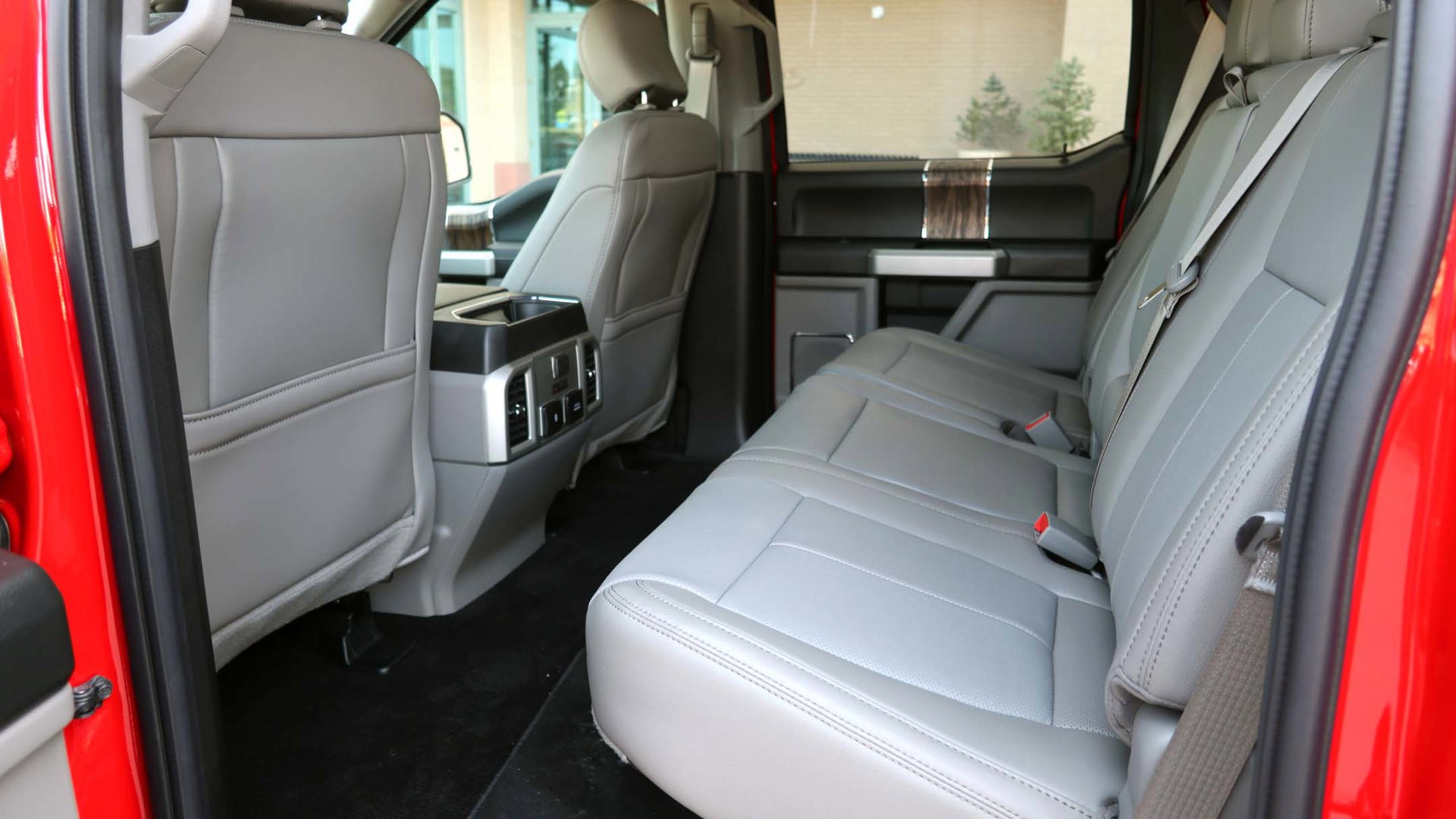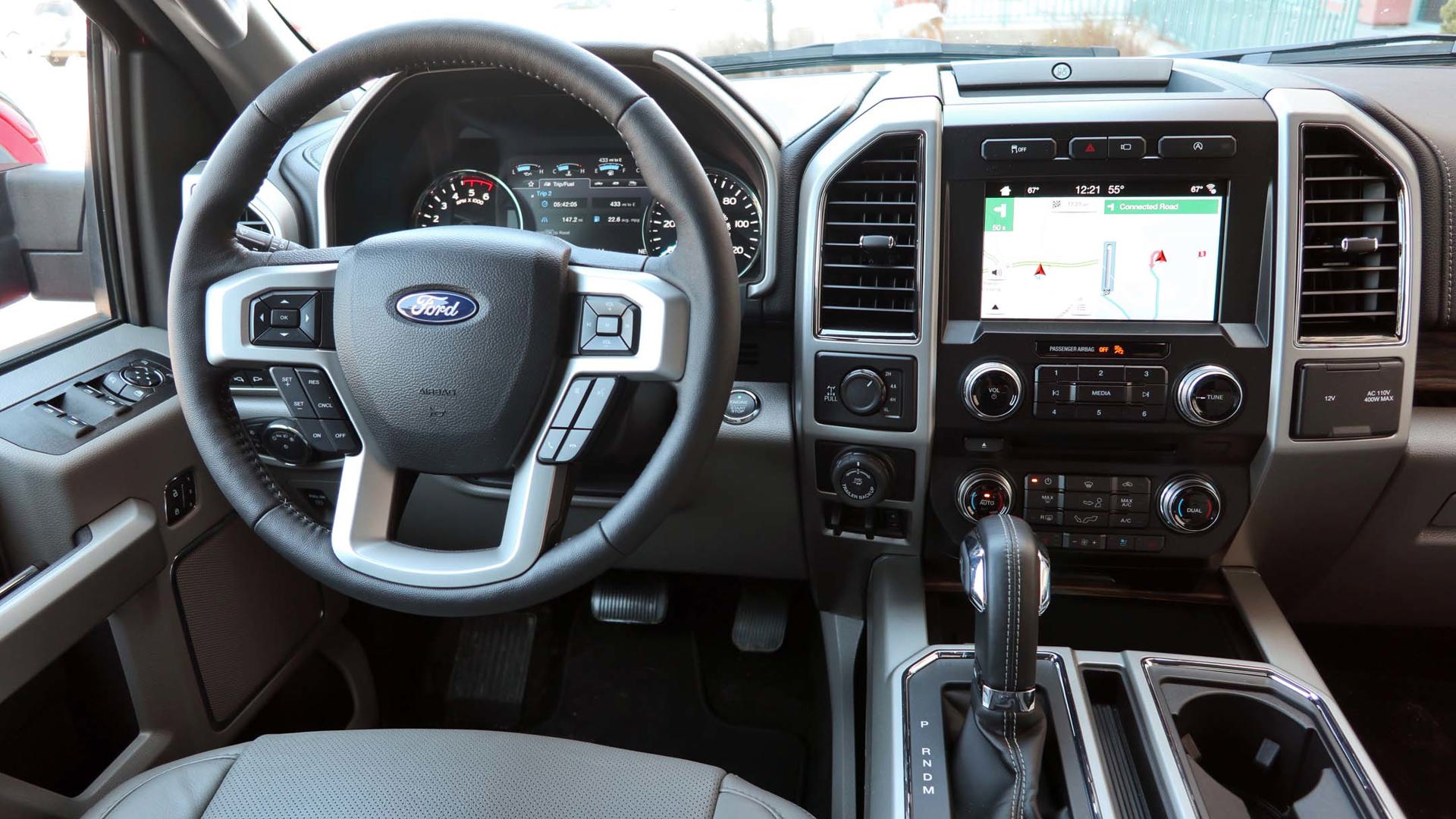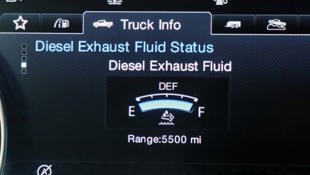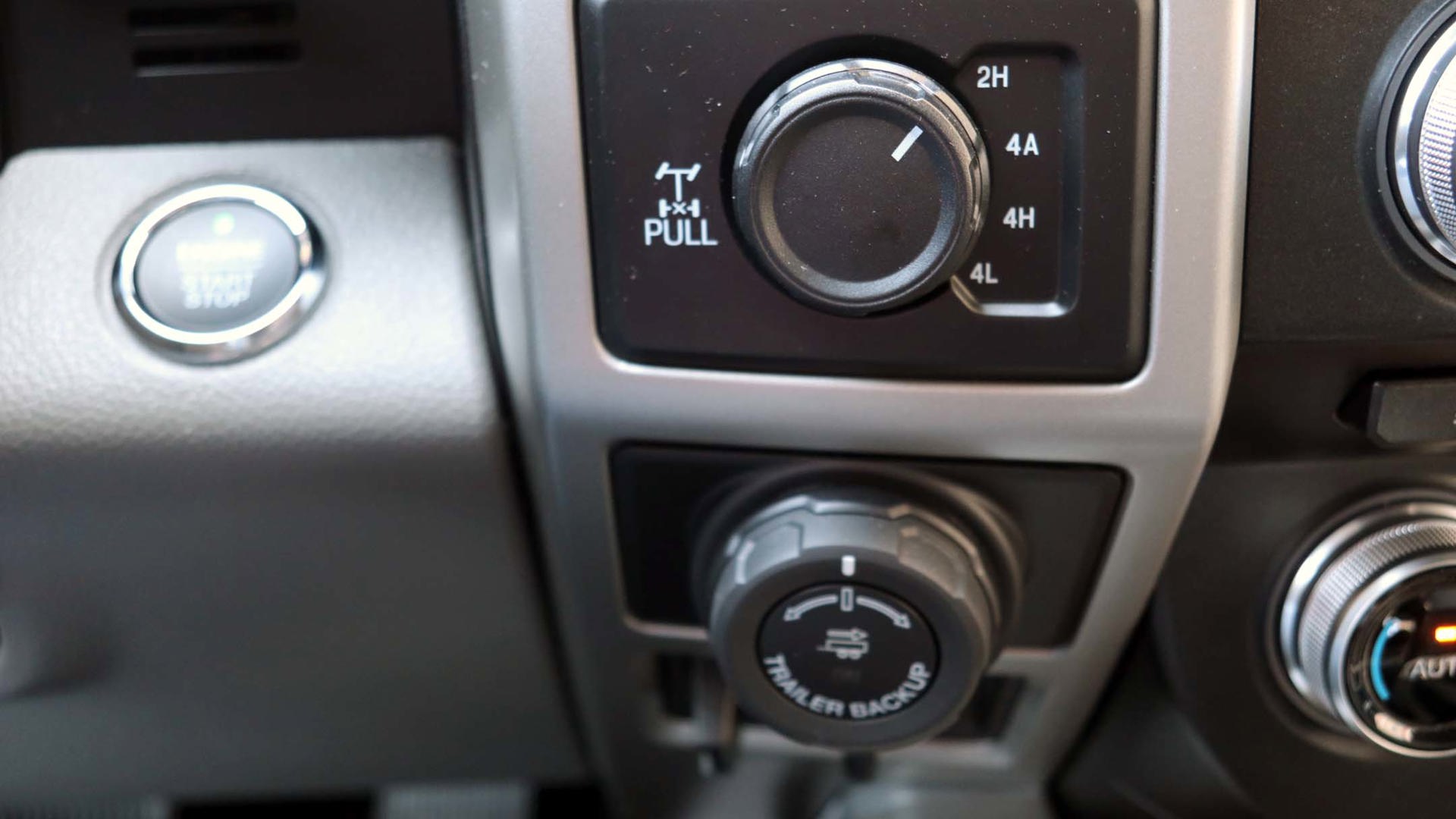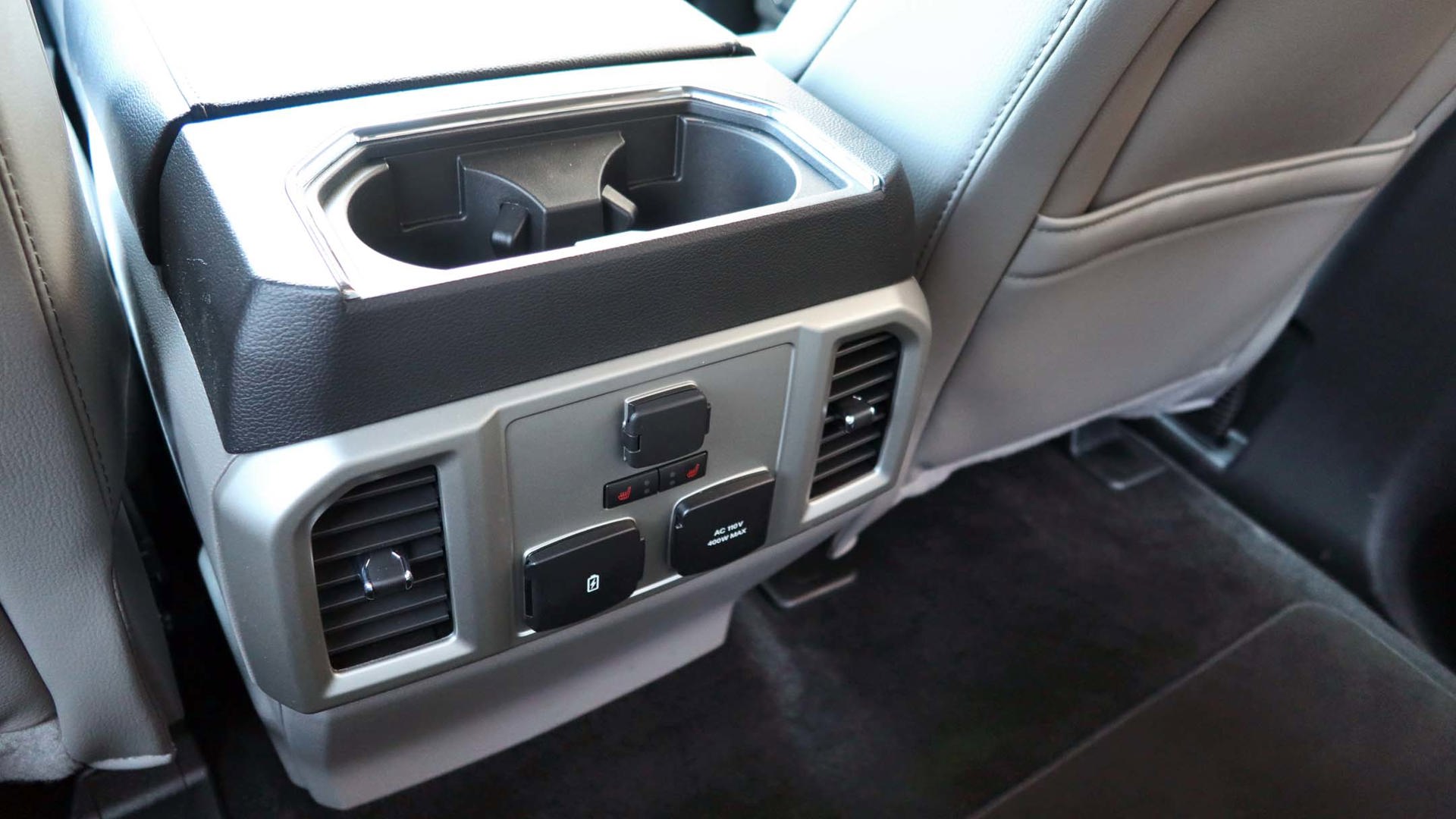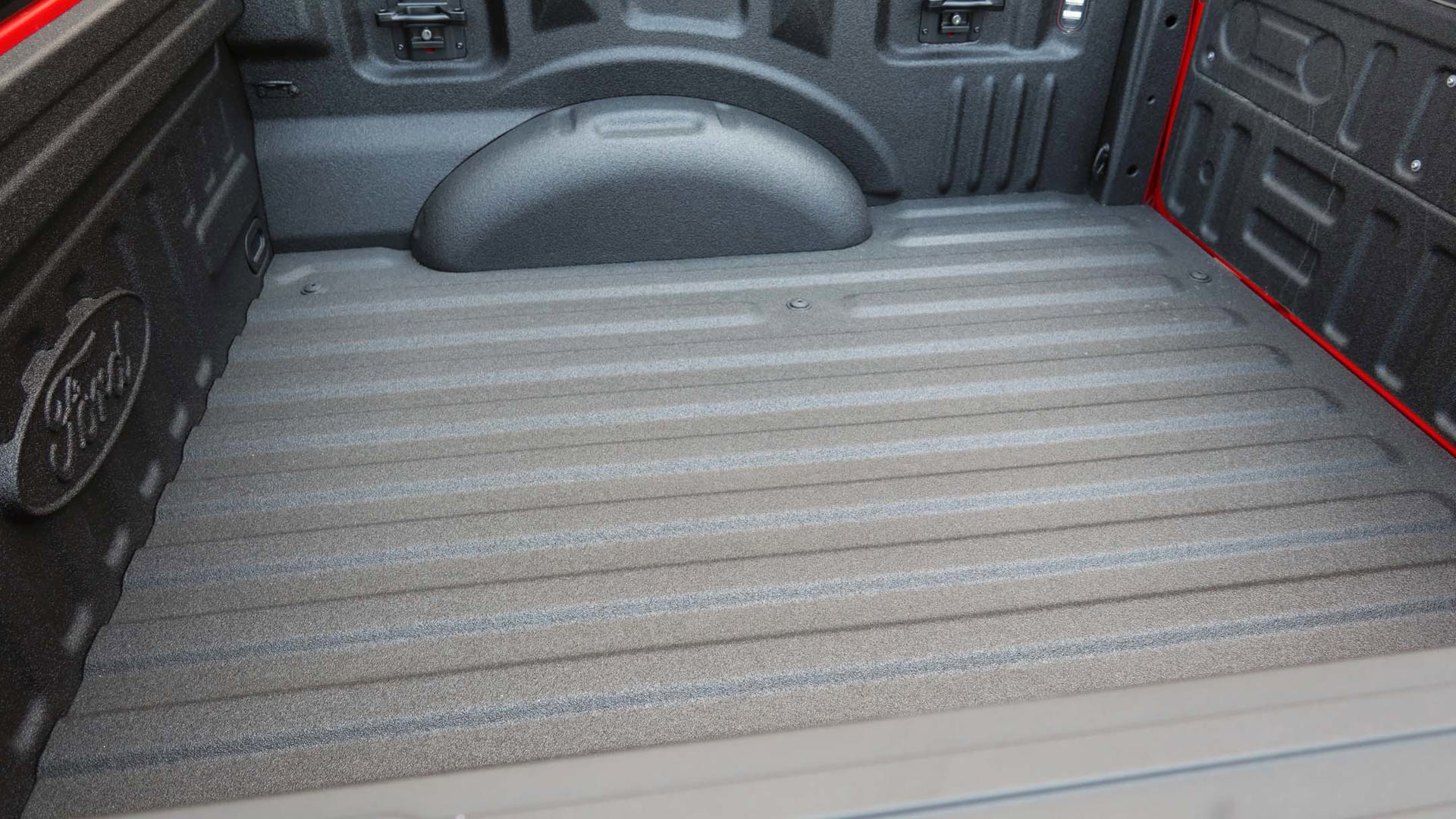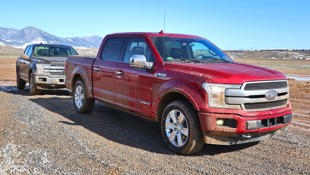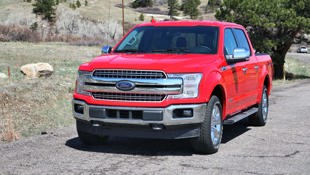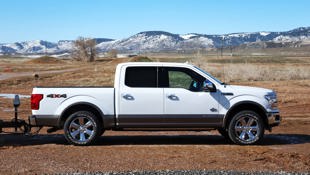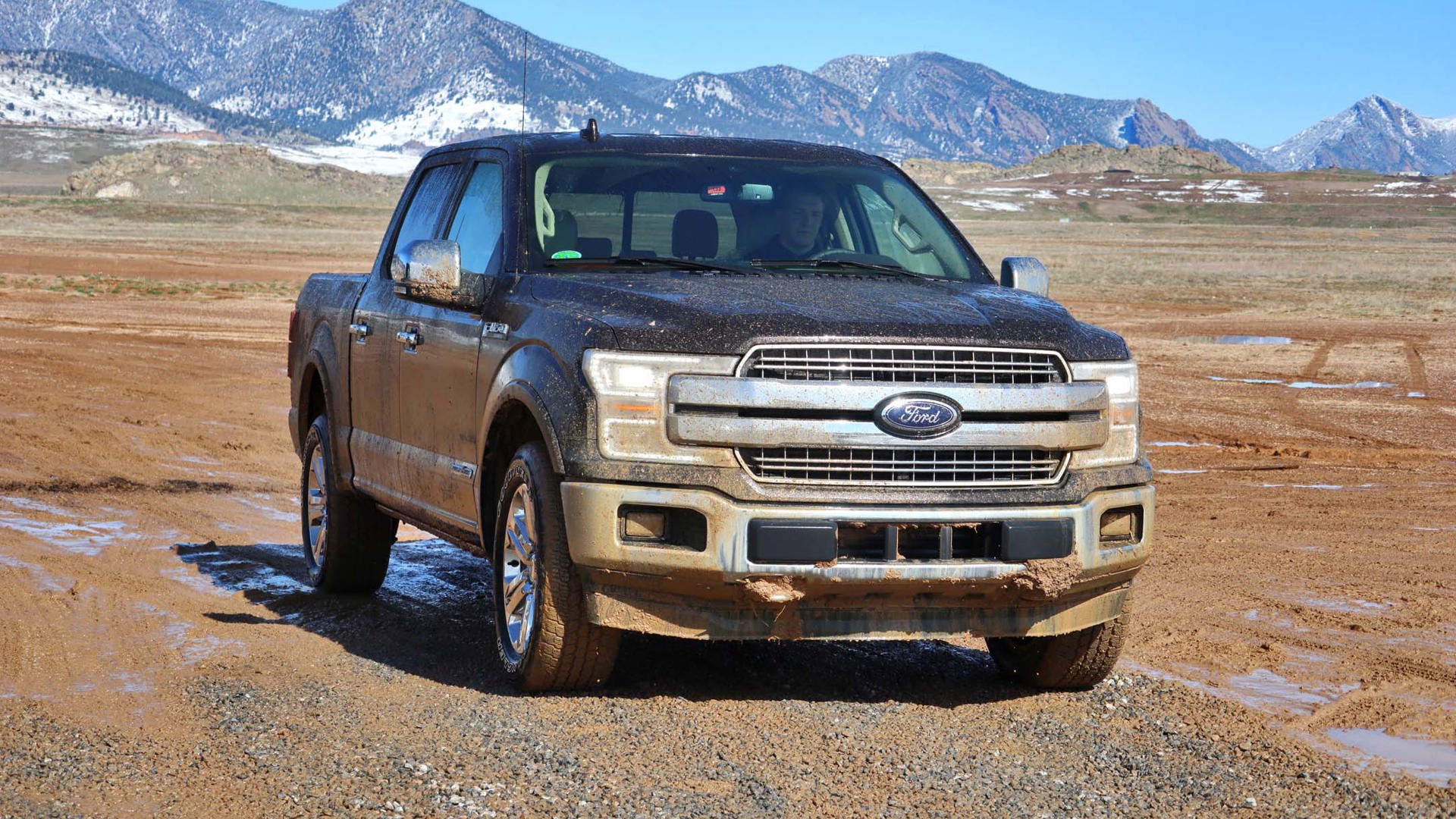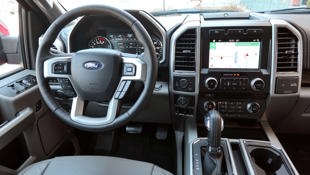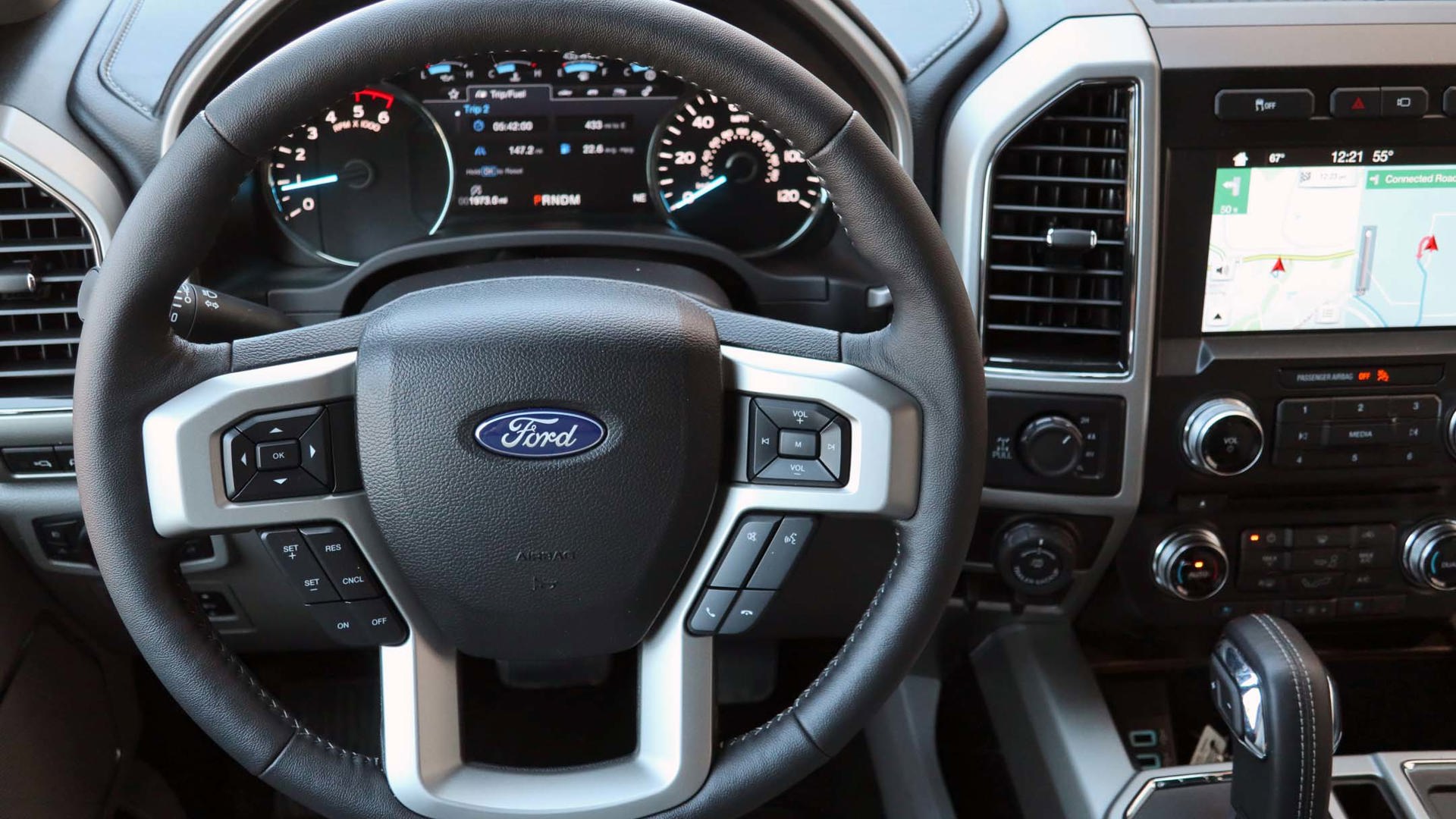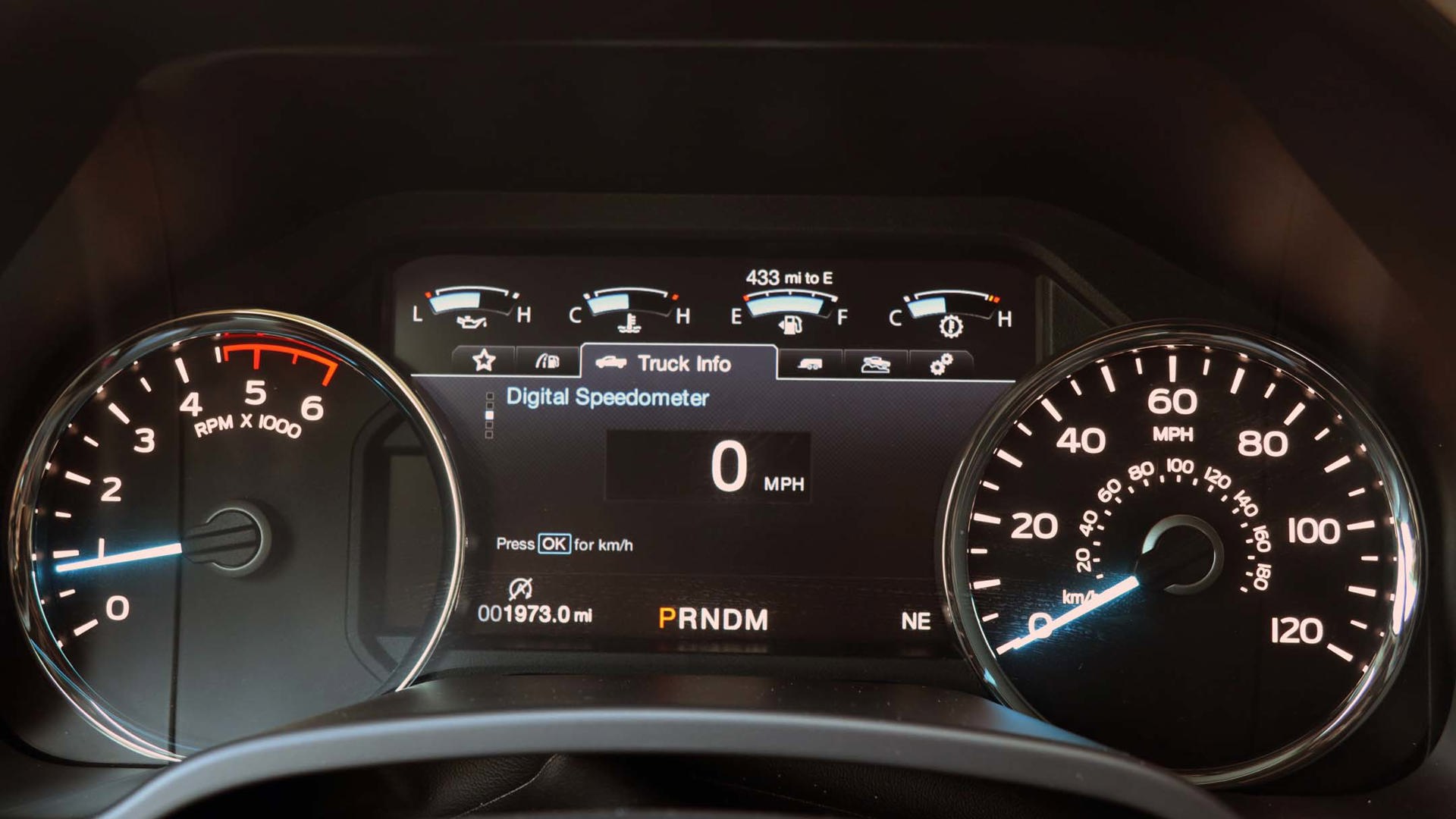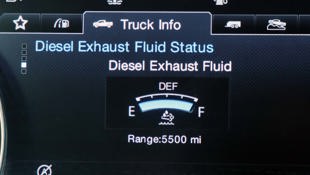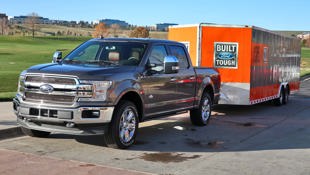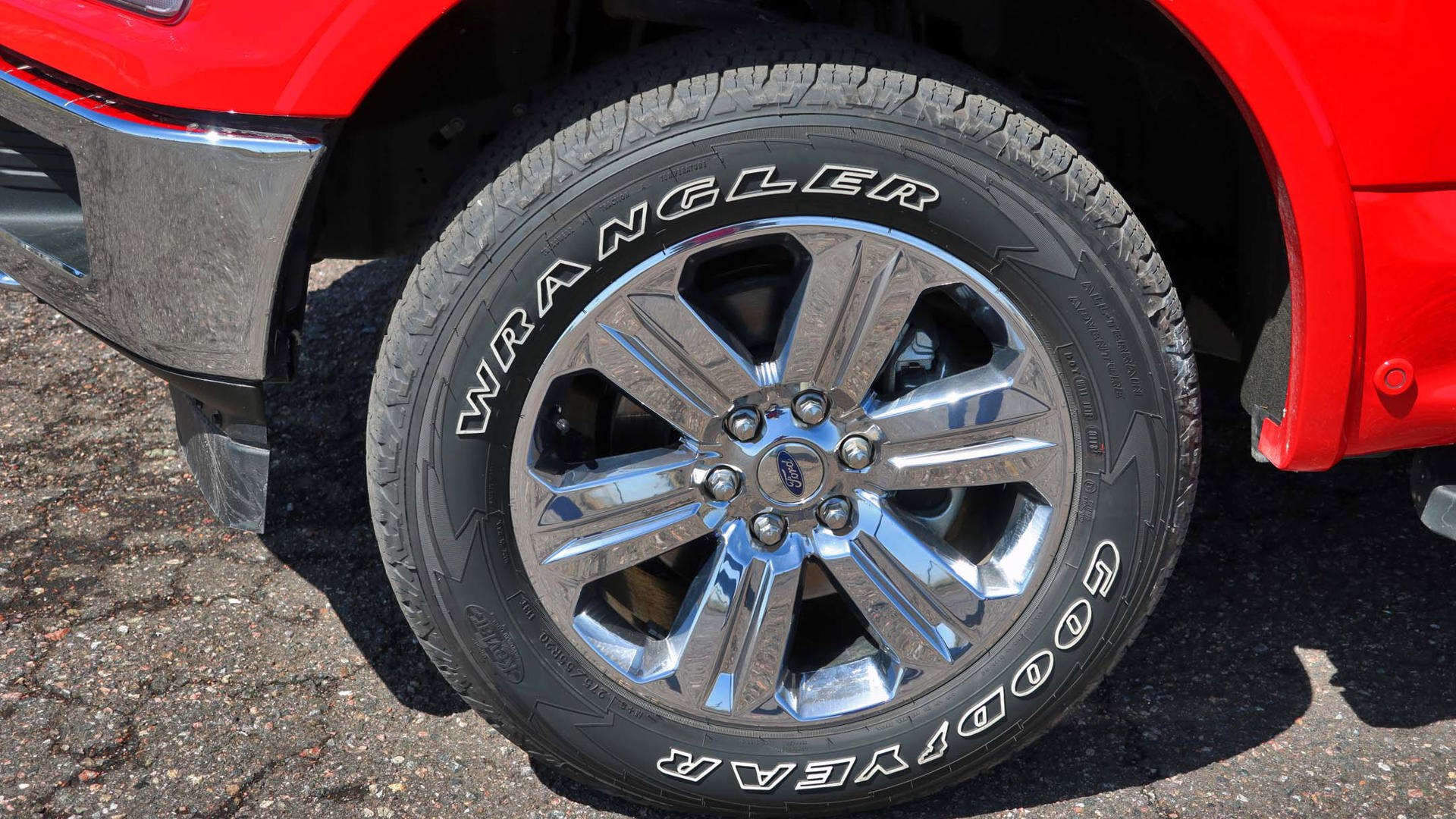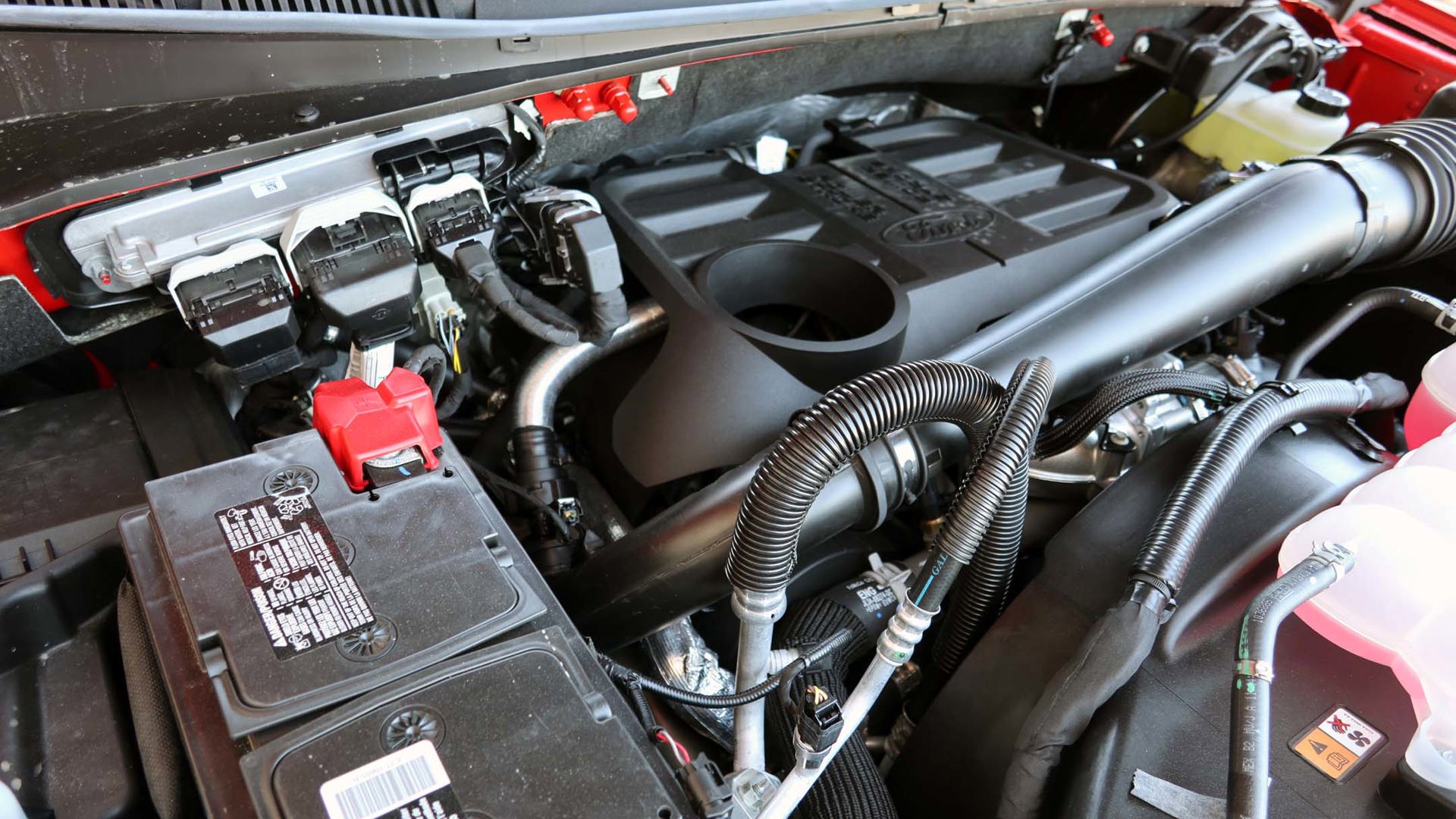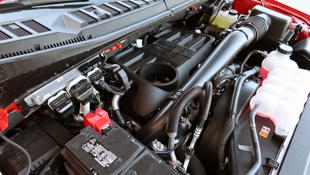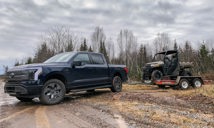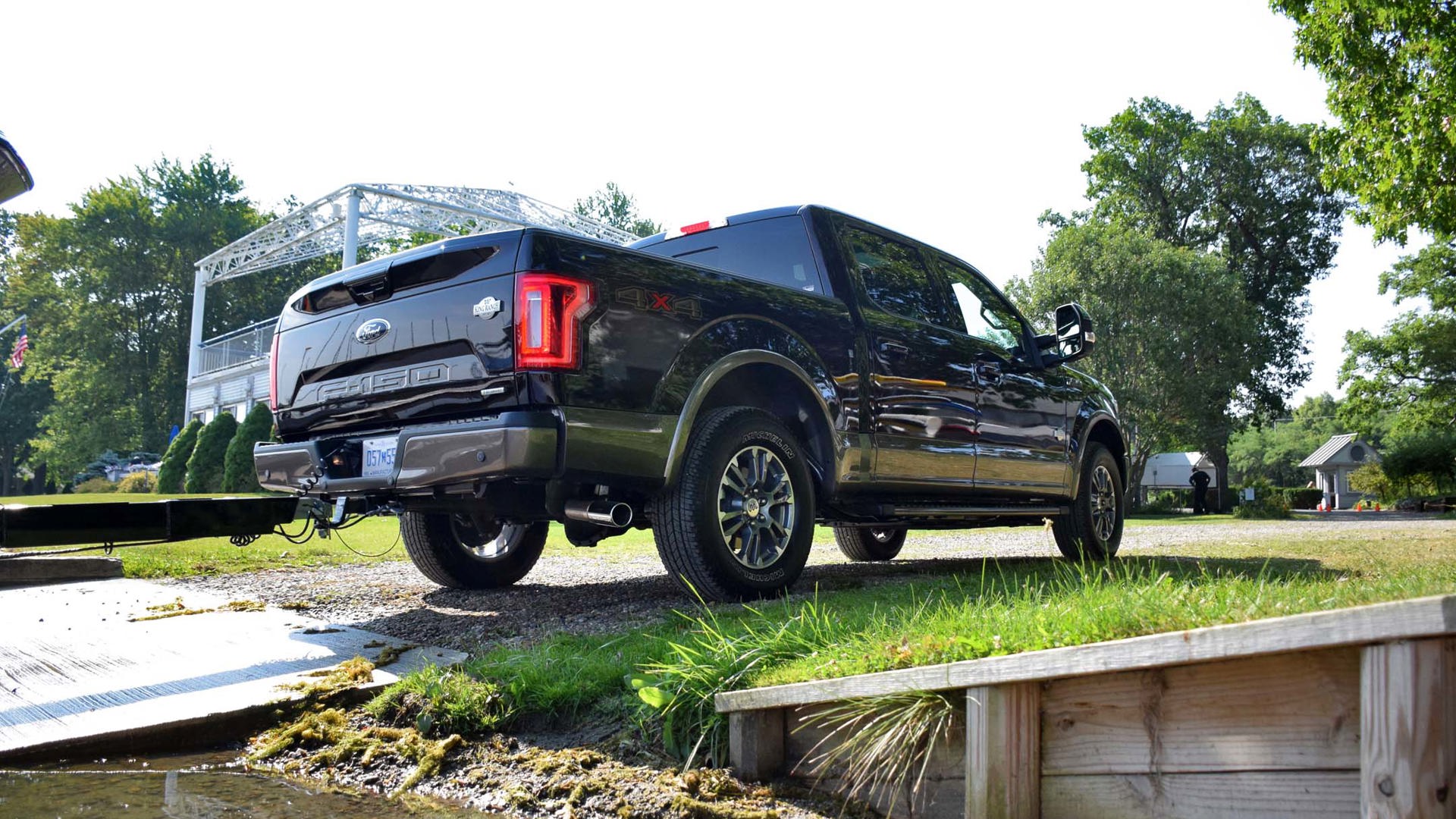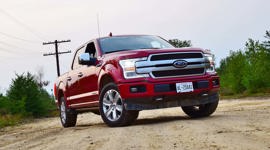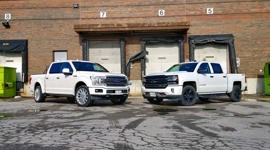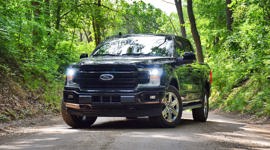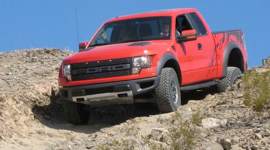DENVER, CO – Diesel has had its issues in passenger vehicles, but trucks are a whole ’nother animal. It’s all about towing and hauling power, as well as fuel economy, and it’s now making its way from the heavy-duty models into the half-tons.
Linear power with no effort and no lag, even with a heavy load in the back.
Ford now offers an all-new 3.0L V6 Power Stroke diesel in its F-150. Judging by how it works both on its own and when hauling some heavy stuff, this engine is a winner.
The “Blue Oval” is the second company to put a diesel in a half-ton, after Ram and its 3.0L V6 EcoDiesel, but Ford provides more power and with lower published fuel economy numbers. Ram’s engine makes 240 horsepower, along with 420 lb-ft of torque that peaks at 2,000 rpm, while Ford churns out 250 horses and 440 lb-ft starting at 1,750 rpm. Ford’s diesel is rated at 10.8 L/100 km in the city and 8.0 on the highway, while Ram racks up 13.9 and 9.6 respectively.
Chevrolet is also planning a 3.0-litre Duramax inline-six diesel for its all-new 2019 Silverado (and sibling GMC Sierra), but so far, no other details have been divulged. Nissan’s Titan XD offers a 5.0L Cummins V8, but it’s considered as a “bridge” between a half- and three-quarter-ton truck and is a step up from the half-tons.
Walks softly and carries a big stick(er)
The first thing you notice about Ford’s engine is how quiet it is. Both Ram and Ford have plenty of sound-absorbing technology, and from what I recall of my last drive with an EcoDiesel, both of them are almost equally quiet inside the cabin. But when you’re standing outside, Ram’s diesel definitely makes its presence known, while Ford’s is muffled enough that it’s easy to mistake it for a gas engine, if you don’t notice the Power Stroke logo on the door.
You will notice Ford’s diesel when you’re filling out the paperwork at the dealership. The diesel is only available in SuperCab or SuperCrew in 4x2 or 4x4, and only in Lariat, Platinum, or King Ranch trim levels, which range from $49,949 to $70,979 (the diesel is also offered in the lower XL and XLT trims, but only for commercial fleet buyers). It gets a little confusing from here, since it’s an add-on option above the price of the standard engine offered in your chosen trim. The extra charge of swapping out the diesel for a gasoline engine adds anywhere from $5,650 to $8,200.
At that price range – and the additional cost of oil changes and exhaust fluid over the maintenance of a gasoline engine – the Power Stroke isn’t meant for casual buyers who just want an oversized car. You really need to work this engine if you want to get your money’s worth out of it.
Gets the job done with no drama
Rather than feel quick, the engine delivers linear power with no effort and no lag, even with a heavy load in the back. In all models, it’s hooked to a smooth-shifting ten-speed automatic, which does an excellent job of keeping it in the sweet spot. It’s unobtrusive and I only felt it hunt for a gear once or twice when I was towing a 6,500 lb boat-and-trailer combination up a couple of steep inclines. Going downhill, there’s enough engine braking for confident towing.
I kept an eye on the trip computer during my half-hour of pulling that boat around, including up and down hills and hitting just about every one of the half-dozen red lights on the tour. This is where a truck can hand over some nasty surprises: Ford’s turbocharged EcoBoost gas engines, for example, get great mileage on paper and when you’re cruising along with a light foot, but they can stick a garden hose into the fuel tank to suck it up when you need them to pull something heavy. By comparison, my SuperCrew 4x4’s computer registered the equivalent of 15.7 L/100 km – a very decent return in my books for the work it was doing.
The engine features a mechanical fan for maximum cooling under heavy load, but which cuts back through a viscous coupler under lighter load to reduce parasitic draw. There are also dual radiator shutters that close when full cooling isn’t needed, to improve aerodynamics.
The Power Stroke is rated for a payload maximum of 2,020 lb (1,374 kg), and towing max of 11,400 lb (5,170 kg). Of course, as with any pickup truck, that’s the top number, and capability can drop considerably depending on the configuration and trim level.
The engine includes an automatic stop-start function, which shuts it off at idle for improved fuel efficiency and emissions. These can often be jarring on a gas engine when they start up, but this diesel starts so smoothly you barely notice it. If you don’t want it, you can disable the function with a button. Driving modes include Normal, Eco, Rain & Snow – and Sport.
Sport? Indeed yes, as odd as that sounds on something this size. The F-150 has crisp, responsive steering, and even on a twisty mountain road, the diesel-equipped model never feels nose-heavy; instead, my SuperCrew tackled the turns like it was half its size.
Fully vetted derivation of a proven design
The engine is built at Ford’s plant in Dagenham, England. It’s not an entirely clean-sheet design and is based on the architecture of a 3.0L diesel that Ford builds for the Range Rover Sport and Discovery. “We designed and tested it specifically for the F-150, because our customers are buying this as a tow vehicle,” said Ken Pumford, Ford’s diesel engine design supervisor. “The geometry of the turbocharger is different, there are changes to the crankshaft, to the bearings, different exhaust manifold, the fuel injection system is different.
“Even though this engine is a derivative as far as design goes, we do the fundamentals approach, and we analyze the engine using all of Ford’s analytical tools as we would for any brand-new engine. The Range Rover can run all day on the Autobahn at high speed, but that’s not the F-150 market. Ours is to put an 11,000 lb trailer behind it and have fuel economy. We designed the original engine for Jaguar Land Rover – it was a Ford design and produced at a Ford plant, so it was a logical choice (for F-150).”
The strong-but-lightweight compact graphic iron (CGI) block composition is the same as in the Ford Super Duty’s 6.7L Power Stroke engine. “The fuel systems are almost identical, with a 2,000-bar Bosch system,” Pumford said. “The difference (between the 3.0L and 6.7L) is primarily the displacement.”
The new diesel means the F-150 now offers six engines: naturally aspirated 3.3L V6 and 5.0L V8; and turbocharged EcoBoost 2.7L V6, plus regular and high-output versions of a 3.5L V6.
The Power Stroke won’t be for everybody; it’s expensive and it’s more than you need if you use your truck for the lightest-duty stuff. But if you work your truck, and a Super Duty’s more than necessary, this F-150 is the ticket. It’s powerful, it’s smooth, it’s quiet, and above all, it’s just damn impressive.
